Let me start writing the content now.Now that I've researched current tree landscaping trends and ideas, I'll create comprehensive content about tree landscaping ideas that balances practical advice with engaging, natural language.
Transform your outdoor space into a stunning sanctuary with thoughtfully planned tree landscaping that brings beauty, function, and value to your property year-round. Trees serve as living architectural elements that provide shade, privacy, seasonal interest, and natural focal points while supporting local wildlife and improving air quality. Whether you're working with a spacious yard or a compact urban setting, the right tree choices can dramatically enhance your landscape's appeal and create inviting outdoor environments. From ornamental specimens that burst with spring blooms to evergreen privacy screens that offer year-round seclusion, tree landscaping opens endless possibilities for personalizing your space. These strategic plantings not only boost curb appeal but also reduce energy costs, increase property values, and create peaceful retreats where you can connect with nature right outside your door.
1. Japanese Maple Focal Point Trees for Stunning Visual Impact
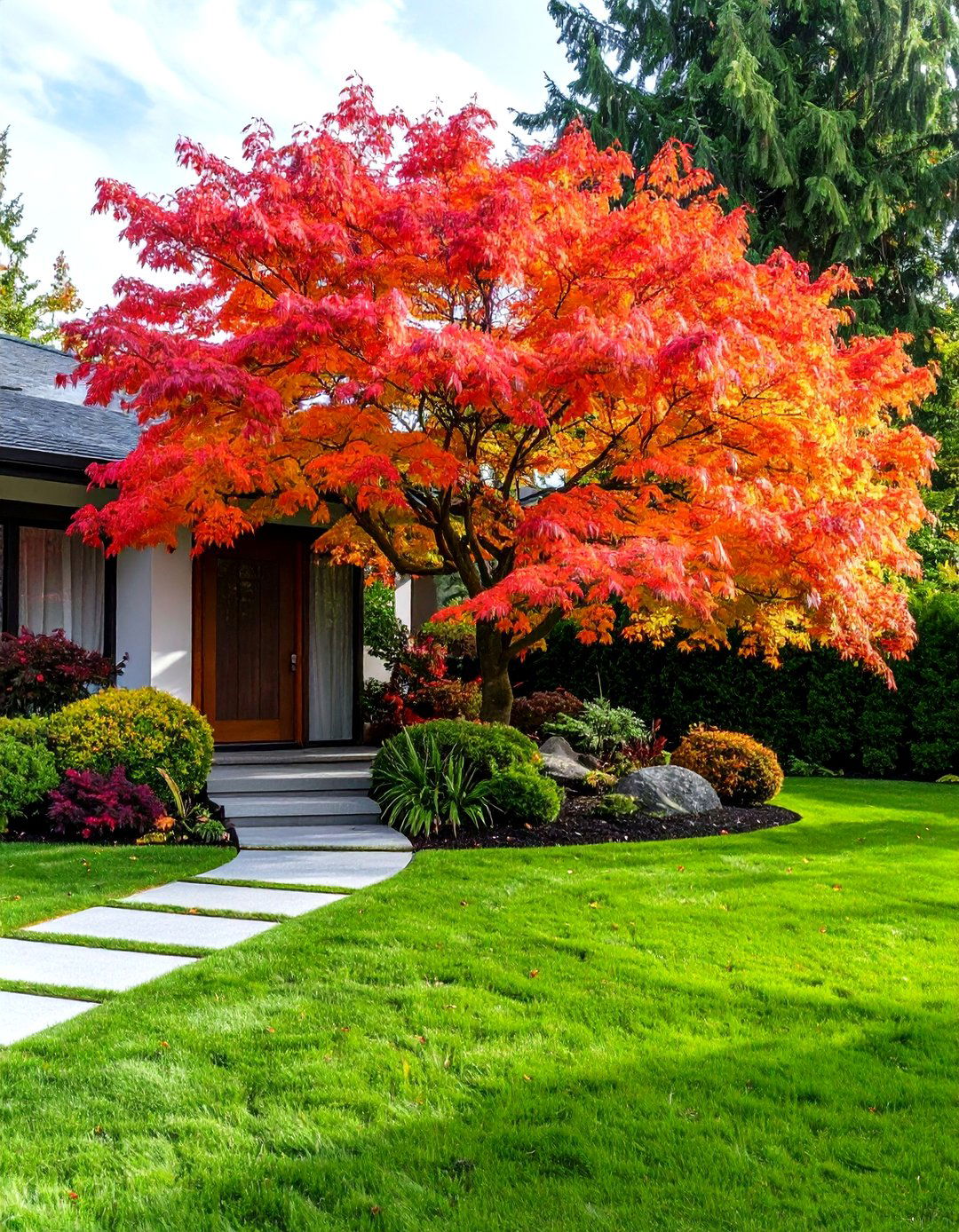
Japanese Maple Trees offer a splash of rich, vibrant color that can last for months, with gorgeous hues of red, green, orange, white, pink, or purple that bring the "wow" factor to any landscape. These ornamental trees work perfectly as statement pieces in front yards, creating dramatic focal points that draw the eye and enhance curb appeal throughout multiple seasons. With their compact size ranging from 2 to 30 feet and diverse growth forms including weeping, dwarf, upright, and cascading varieties, Japanese maples adapt beautifully to various landscape styles. Plant them in areas with partial shade to full sun, though shadier locations often intensify their spectacular foliage colors. These trees establish quickly within two to three years and require minimal maintenance beyond proper drainage and deep watering during dry periods.
2. Fast-Growing Privacy Tree Screens for Instant Seclusion
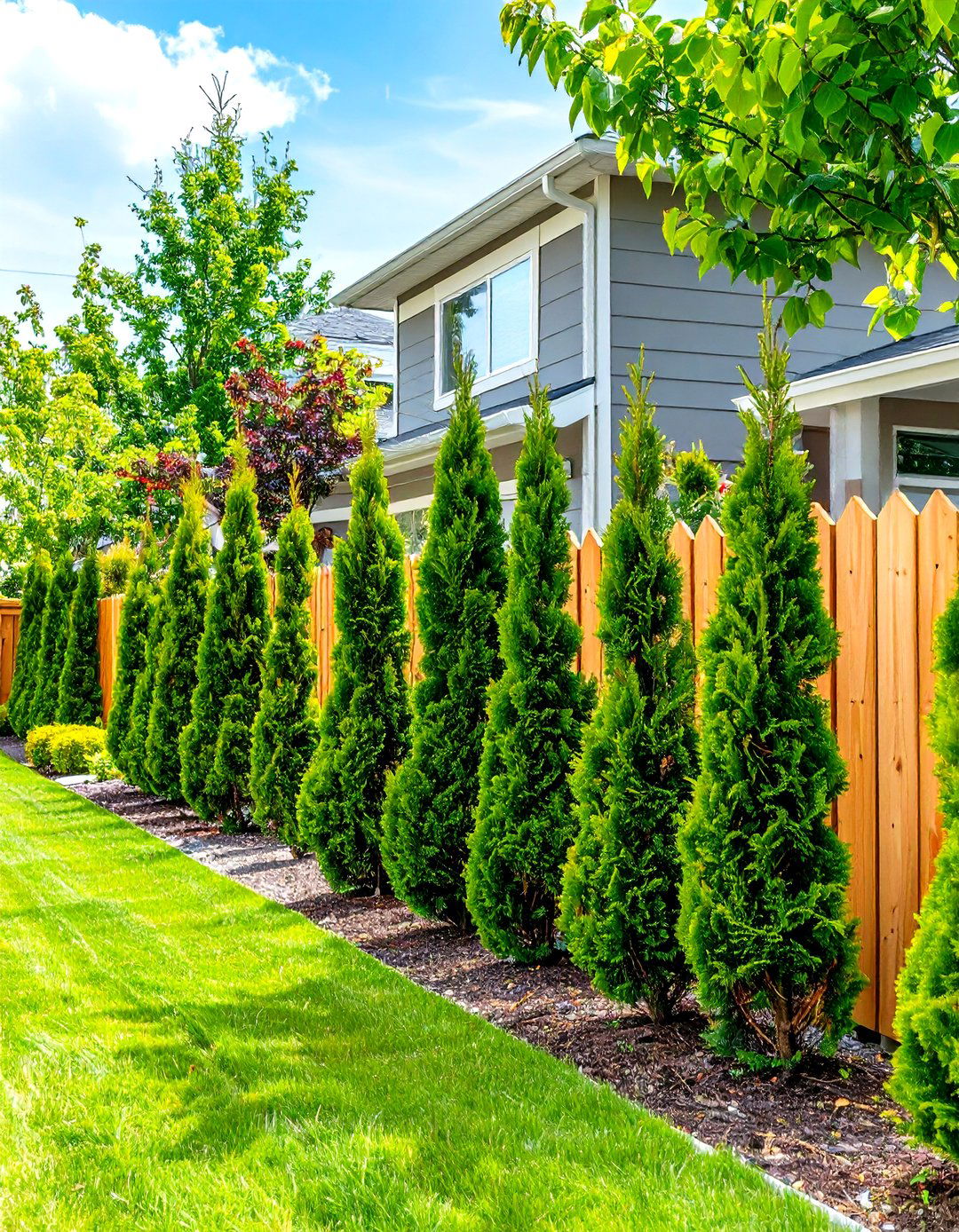
Fast-growing privacy trees like Leyland Cypress, Thuja Green Giant Arborvitae, and Italian Cypress are the most popular choices for creating natural barriers that block views and reduce noise better than wooden fences. Create an effective privacy screen by staggering your tree plantings in two rows, spacing evergreen varieties like Thuja Green Giant or Leyland Cypress about 6 to 8 feet apart on the diagonal. This strategic placement ensures dense coverage as trees mature while providing immediate visual screening. Choose evergreen species that retain their foliage year-round for consistent privacy, and look for disease-resistant, drought-tolerant varieties that require minimal maintenance once established. For faster results, invest in larger nursery specimens that provide instant impact, though smaller trees will eventually fill in and cost significantly less upfront.
3. Flowering Ornamental Trees for Spring Garden Drama
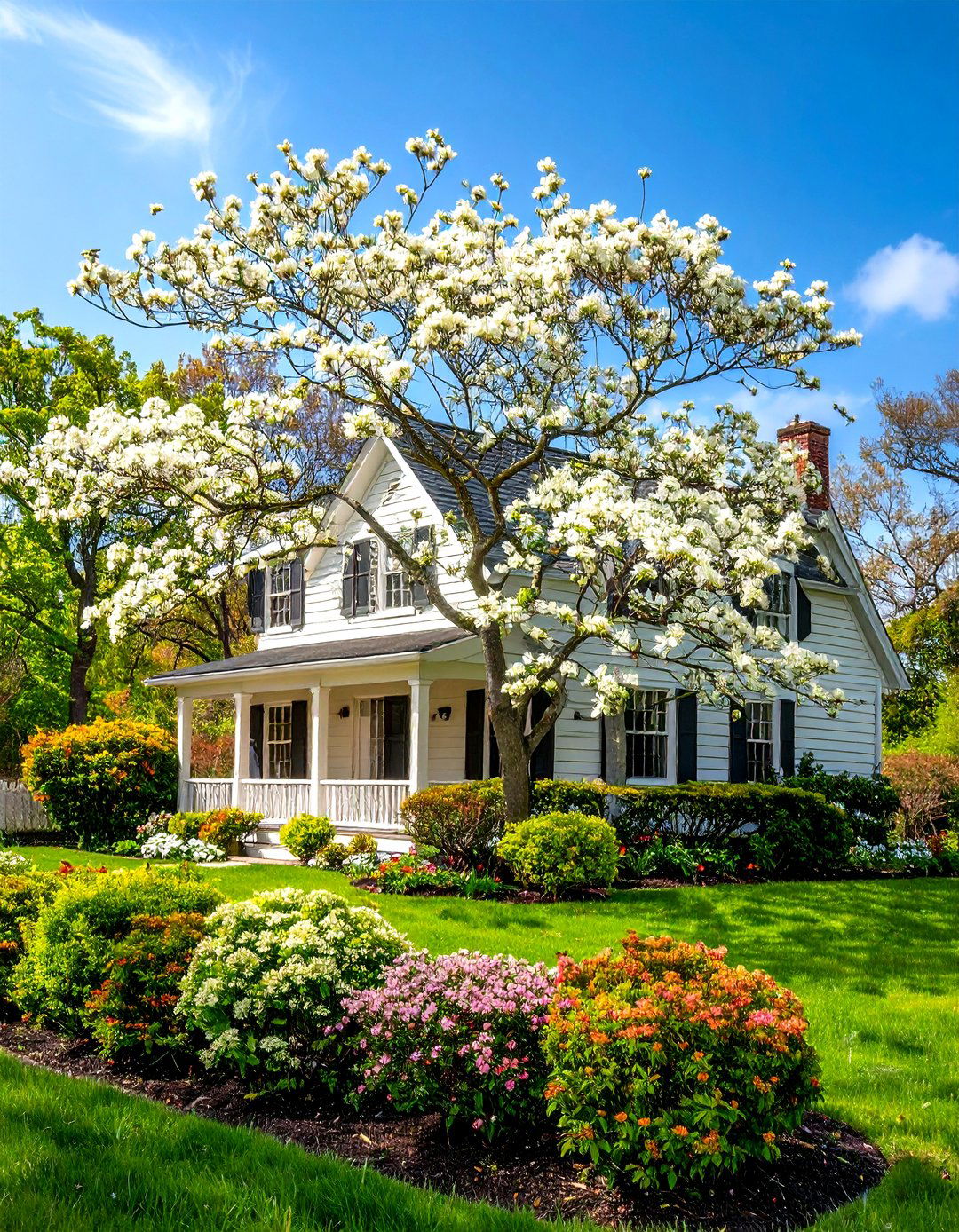
Dogwoods offer four-season interest with spring blooms in white, pink, or red, compact summer canopy, red fall foliage, and winter berries that attract birds, making them one of the most popular ornamental trees. Plan your spring landscape around spectacular flowering trees like cherry blossoms, magnolias, and eastern redbuds that create breathtaking seasonal displays. These ornamental specimens work beautifully as specimen plants or grouped plantings that frame entrances and define garden spaces. Consider bloom timing when selecting varieties, choosing early, mid, and late-season bloomers to extend your flowering period from March through May. Plant flowering trees where you'll enjoy them most—near windows, patios, or main walkways where their beauty and often delightful fragrance can be fully appreciated during peak bloom periods.
4. Shade Tree Canopies for Energy-Efficient Cooling
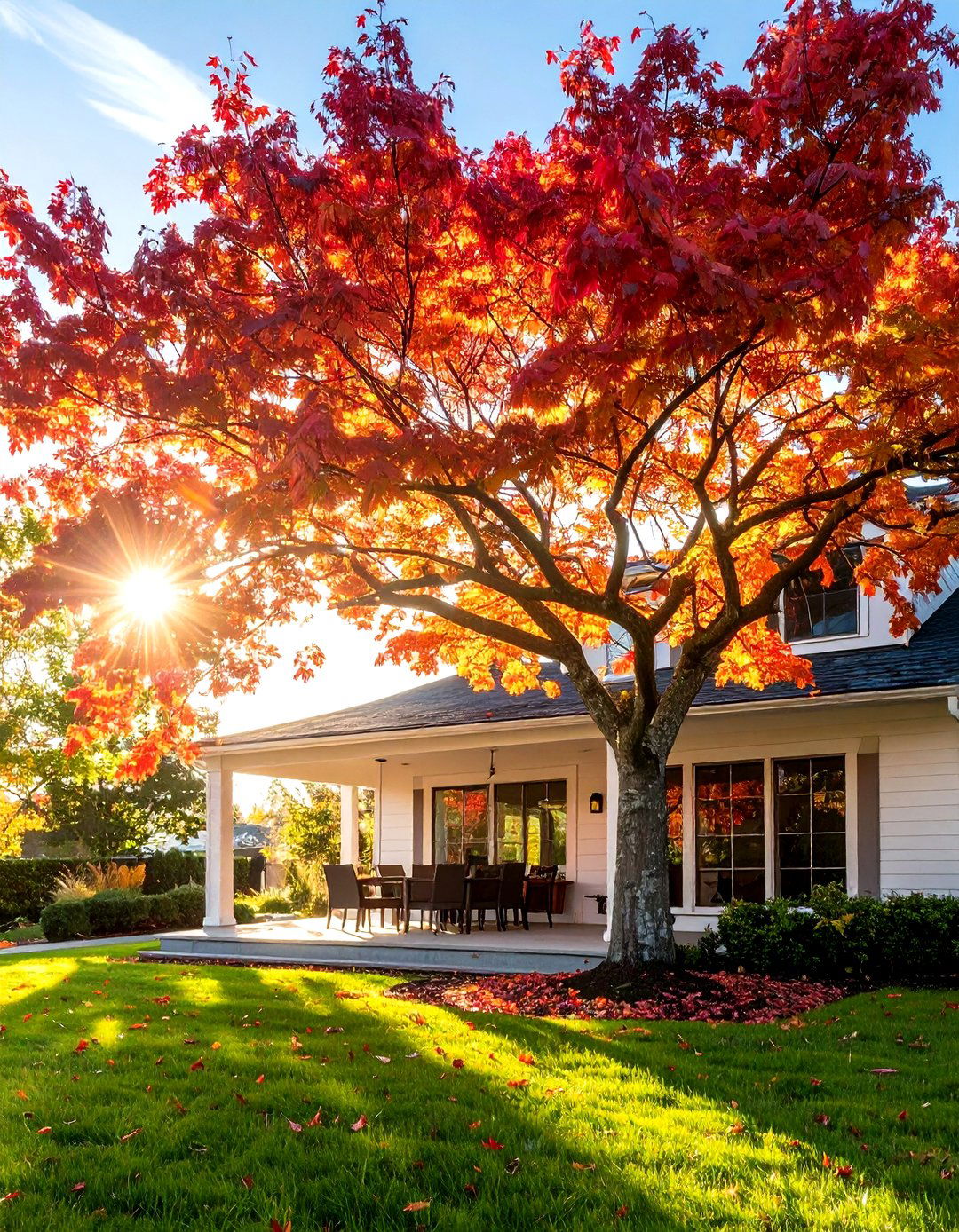
Deciduous shade trees can keep your home and outdoor spaces cooler by blocking hot sun, with varieties like red maples, silver maples, and sycamores growing fast to provide quick relief from intense summer heat. Strategically plant large shade trees on the south and west sides of your home to reduce cooling costs while creating comfortable outdoor living spaces underneath their broad canopies. Choose fast-growing varieties like red oak, silver maple, or tulip trees that reach mature heights of 50-80 feet and provide substantial coverage within 10-15 years. Consider seasonal benefits when planning placement—deciduous trees block summer sun but allow winter sunlight through bare branches to naturally heat your home. Ensure adequate space for mature tree size, planting at least 15 feet from structures and power lines to accommodate full growth.
5. Container Tree Gardens for Small Space Solutions
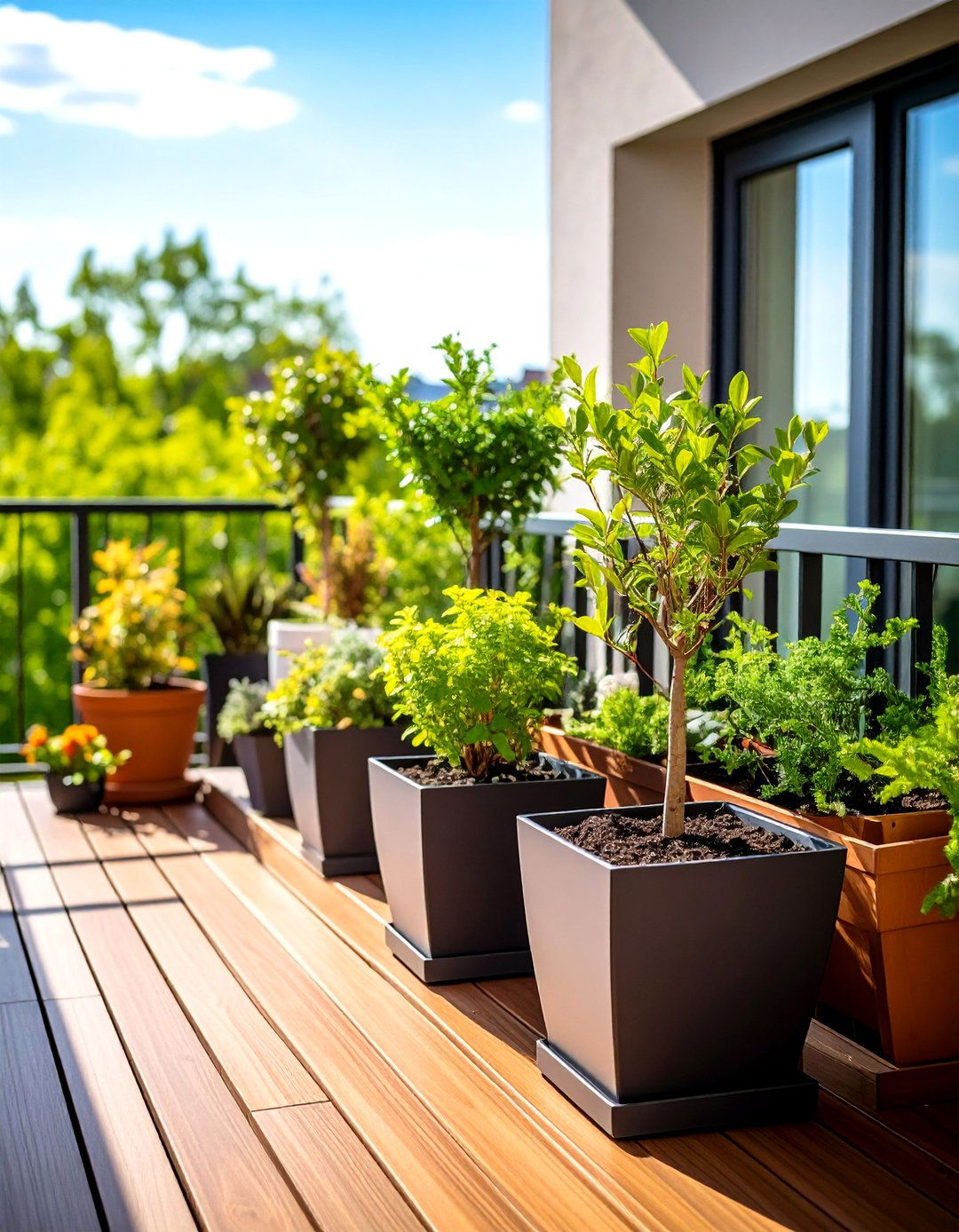
Container gardening with trees is perfect for sprucing up small or temporary outdoor spaces, allowing you to cultivate diverse plants including trees even with limited space, poor soil, or unpredictable climate conditions. Transform patios, balconies, and small yards with carefully selected container trees that provide vertical interest and seasonal beauty without permanent commitment. Choose dwarf or semi-dwarf varieties specifically bred for container growth, such as compact Japanese maples, dwarf fruit trees, or small ornamental specimens that thrive in confined root systems. Use containers at least twice the width and depth of the tree's root ball, and select lightweight, frost-proof planters that allow for easy seasonal repositioning. Plan for repotting every two to three years as trees mature, and ensure proper drainage while maintaining consistent watering schedules for optimal container tree health.
6. Native Tree Landscaping for Low-Maintenance Beauty
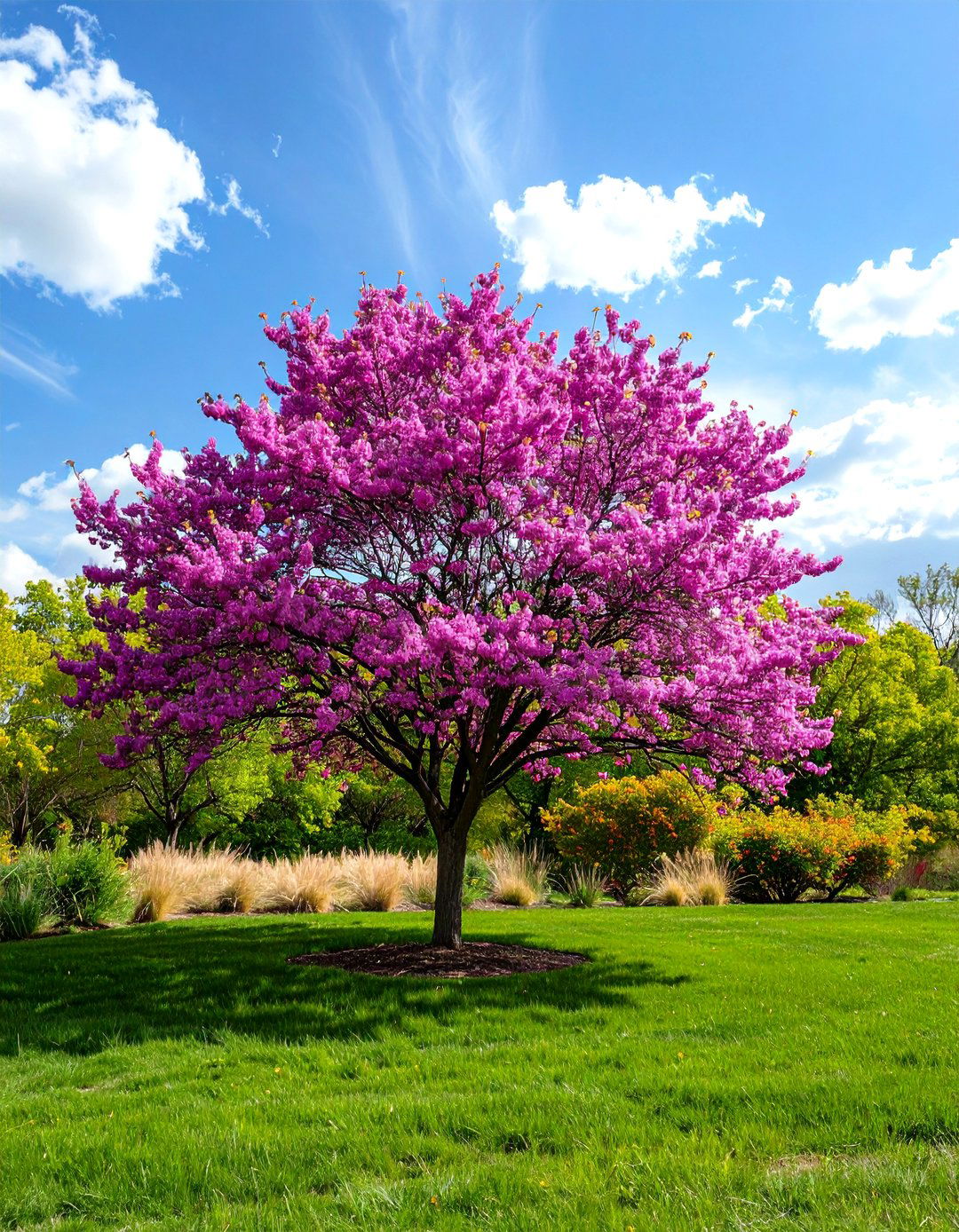
Landscape architecture design studios are populating gardens with native species wherever possible, creating gradients of wildness with low-water, low-maintenance plants that include native grasses, sages, and redbud trees. Embrace your region's natural beauty by incorporating native tree species that require minimal care while supporting local wildlife and adapting perfectly to your climate conditions. Native trees like serviceberry, redbud, or regional oak varieties establish quickly, resist local pests and diseases, and provide food and shelter for birds, butterflies, and beneficial insects. These trees typically require less water, fertilizer, and maintenance once established, making them ideal choices for busy homeowners or sustainable landscape goals. Research your area's indigenous species and choose varieties that offer multiple seasons of interest through flowers, fall color, interesting bark, or wildlife value.
7. Evergreen Foundation Tree Plantings for Year-Round Structure
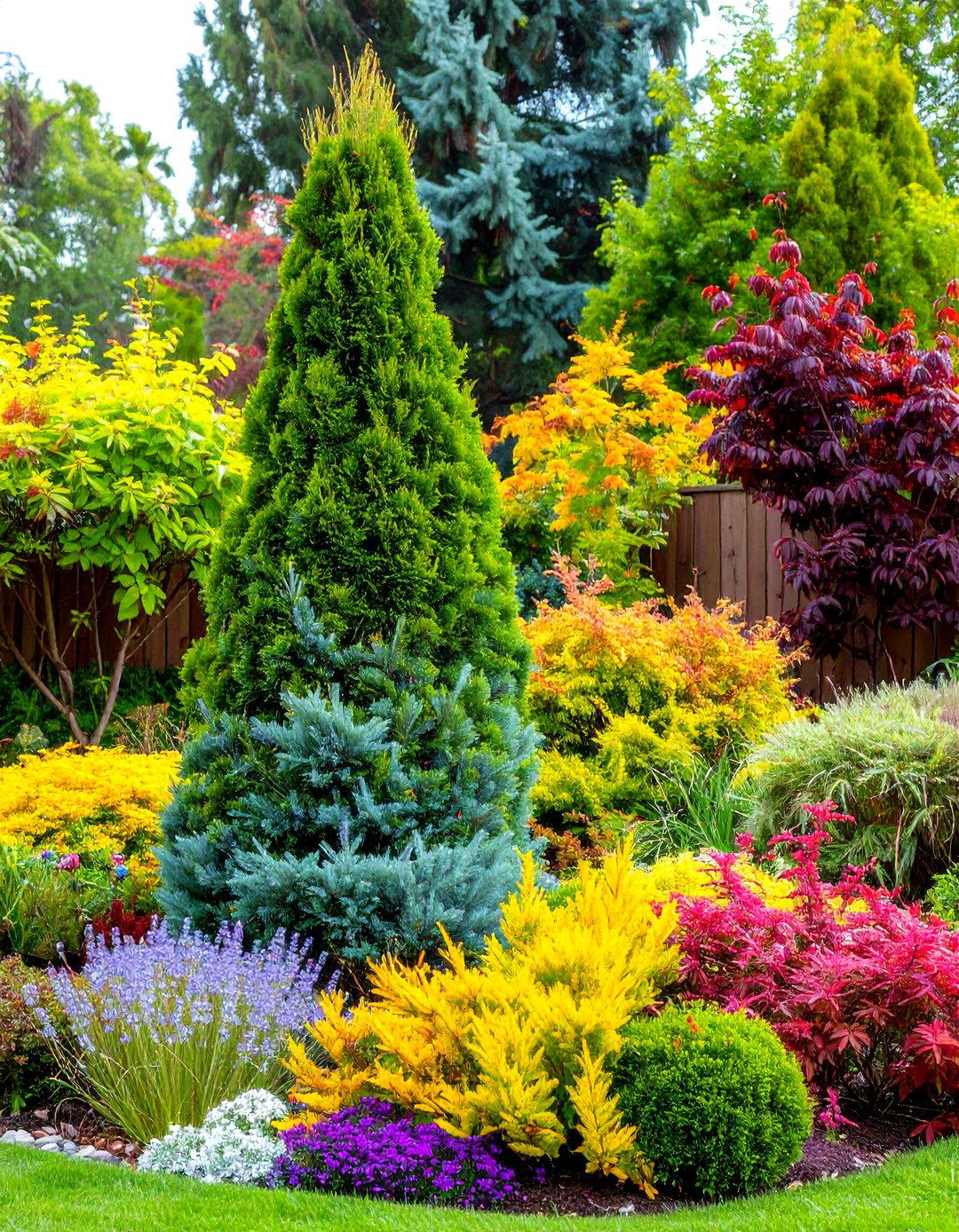
Evergreens keep their leaves year-round and provide structure, while plants like Weeping Blue Atlas Cedars and Spring Blooming Trees work excellently as focal points in landscape designs. Anchor your landscape design with evergreen trees that provide consistent structure and winter interest when deciduous plants go dormant. Use columnar evergreens like arborvitae or Italian cypress to frame entrances, create formal lines along driveways, or establish vertical elements in mixed plantings. Consider texture variety when selecting evergreens—combine fine-needled varieties like yews with broader-leafed hollies or dramatic blue spruces for visual depth. Plant evergreen foundation trees to define property boundaries, screen utility areas, or create windbreaks that protect more tender plants while maintaining privacy throughout all seasons. These reliable performers require minimal care once established and provide lasting landscape value.
8. Fruit Tree Integration for Productive Landscape Beauty
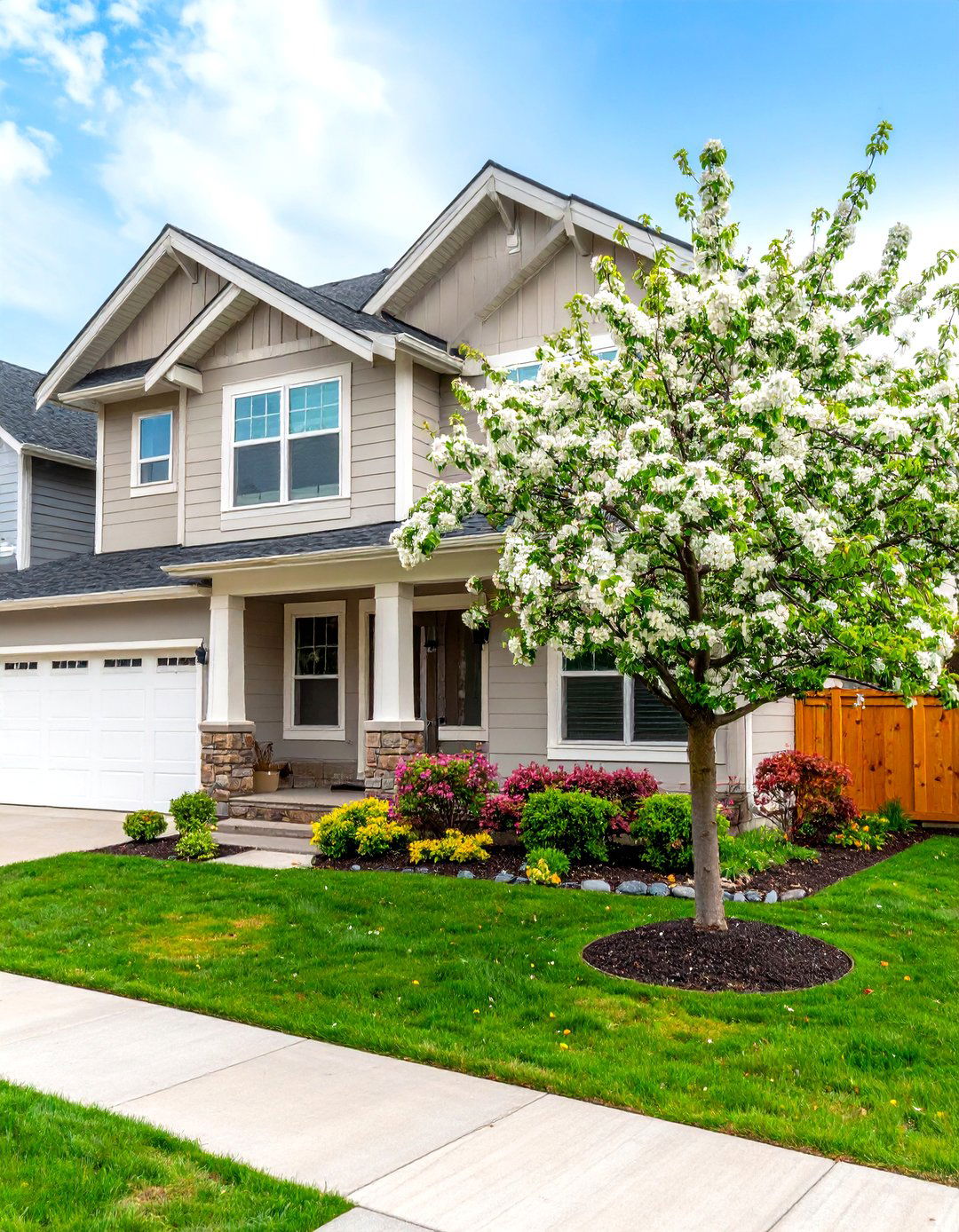
Integrate fruit-bearing trees into your landscape design for both visual appeal and functionality, with apple, pear, or cherry trees offering delicious fruits while adding charming orchard-like atmosphere to front yards. Combine beauty with bounty by incorporating fruit trees that serve double duty as ornamental specimens and food producers in your landscape design. Dwarf and semi-dwarf fruit varieties work perfectly in smaller spaces while still providing substantial harvests and gorgeous spring blossoms. Plan fruit tree placement to ensure adequate sunlight—most require 6-8 hours of direct sun daily—and consider pollination requirements when selecting varieties. Many fruit trees offer stunning spring flowers, attractive summer foliage, and potential fall color alongside their edible rewards. Choose disease-resistant cultivars adapted to your climate zone, and plan for basic maintenance including annual pruning, pest management, and regular watering during fruit development periods.
9. Weeping Tree Features for Graceful Garden Elegance
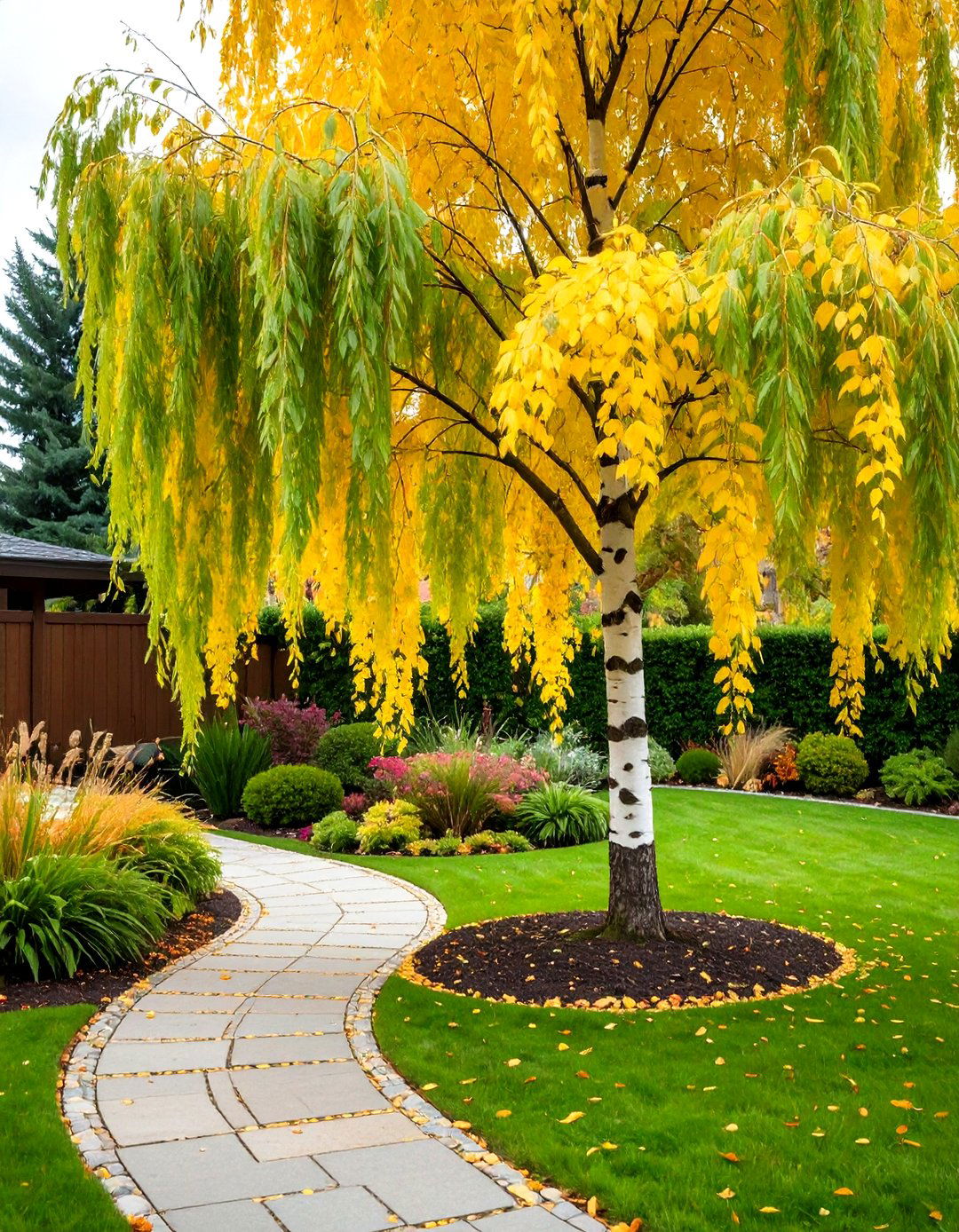
The Cutleaf Weeping Birch has a graceful weeping form with white bark and delicate green leaves that change to bright yellow in fall, making it one of the most popular accent trees for elegant landscape appeal. Add sophisticated movement and graceful drama to your landscape with weeping tree varieties that create natural sculpture through their distinctive drooping branches. Weeping willows, weeping cherry trees, and weeping birches provide soft, flowing forms that contrast beautifully with more rigid landscape elements like fences, buildings, or formal plantings. Position weeping trees as focal points where their unique silhouette can be fully appreciated, such as near water features, at the end of garden vistas, or in open lawn areas. These trees work particularly well in romantic or cottage-style gardens where their gentle, cascading branches enhance the relaxed atmosphere. Regular pruning helps maintain their characteristic shape while removing any upward-growing branches that detract from the weeping form.
10. Specimen Tree Positioning for Maximum Landscape Impact
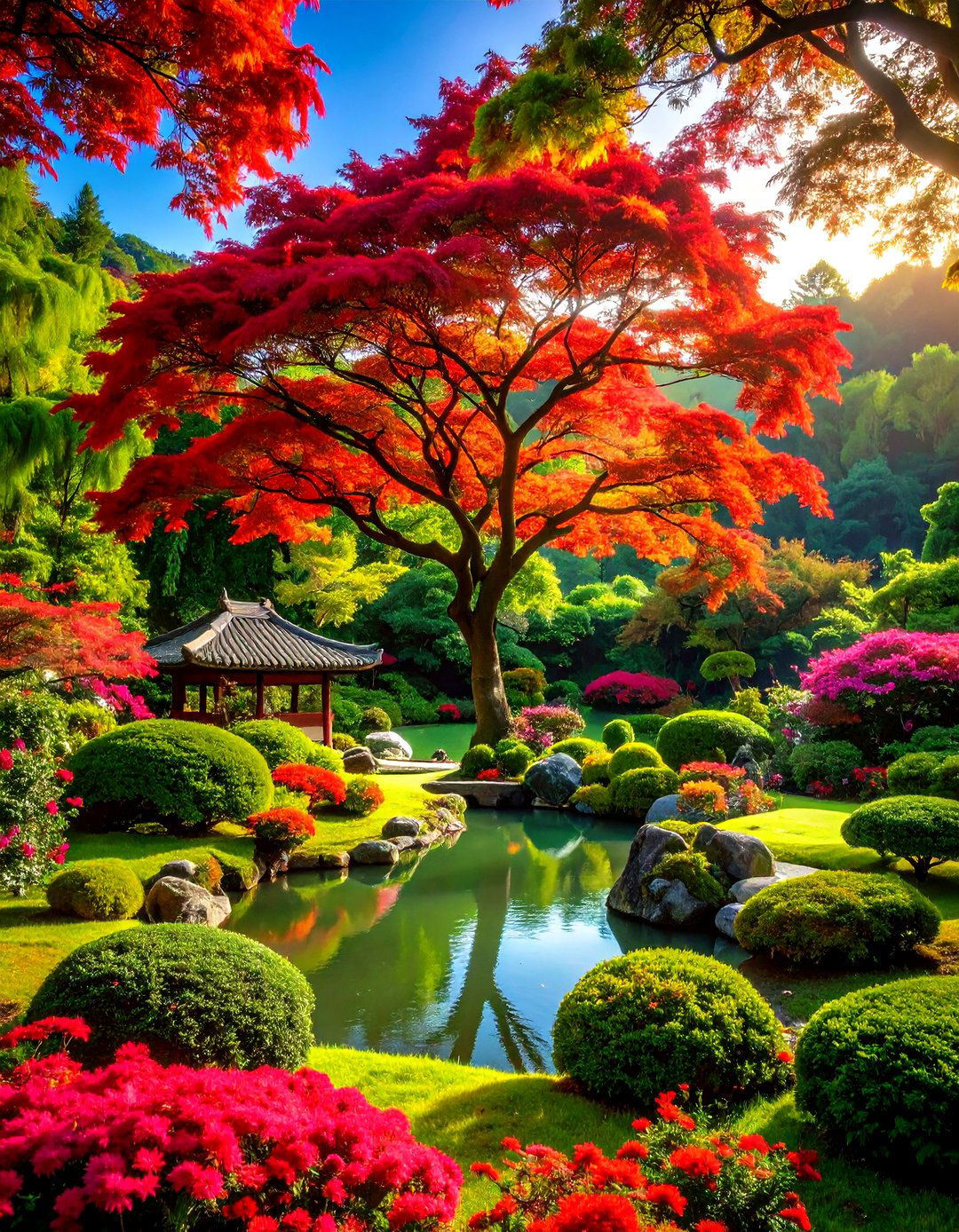
In landscape design, centerpiece trees serve as focal points, with plants like Japanese maple trees, Weeping Blue Atlas Cedars, and Crape Myrtle Trees working excellently for creating stunning focal arrangements. Transform your landscape with strategically placed specimen trees that serve as living artwork and anchor points for your overall design. Choose trees with distinctive characteristics—unusual bark, dramatic flowers, unique forms, or spectacular fall color—that command attention throughout multiple seasons. Position specimen trees where they can be viewed from multiple angles, such as at the intersection of garden paths, in the center of circular drives, or as the terminus of long sight lines. Consider the tree's mature size and shape when planning placement, ensuring adequate space for full development without overwhelming nearby plants or structures. Frame specimen trees with complementary understory plantings that enhance rather than compete with their distinctive features.
11. Mixed Tree Groupings for Diverse Seasonal Interest
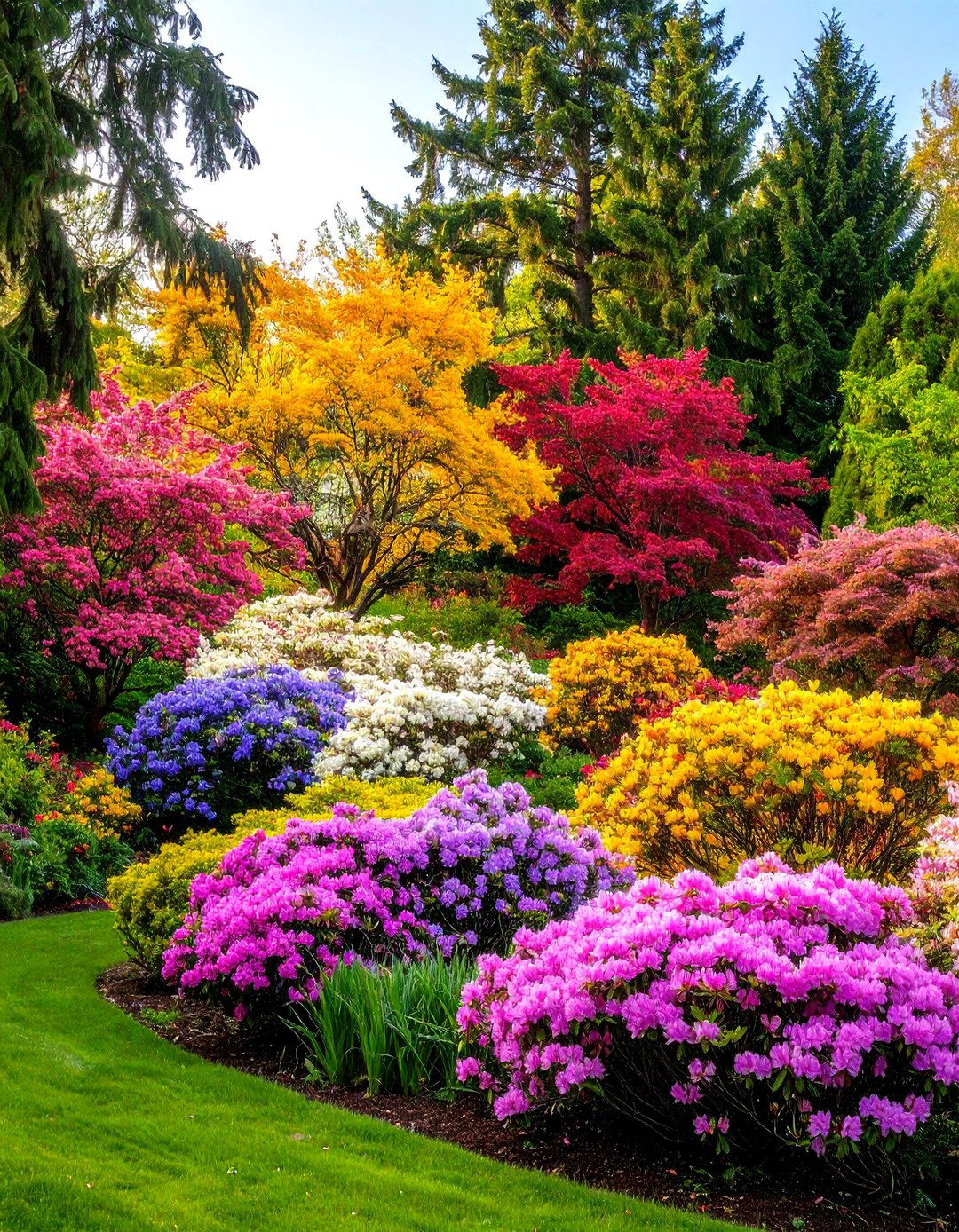
Mixing evergreen and deciduous plants creates visually appealing modern landscape design with the best of both worlds—greenery that stays lush year-round and trees that offer stunning seasonal displays with vibrant blooms and colorful foliage. Create dynamic landscape compositions by combining different tree types that provide overlapping seasons of interest and varied textures throughout the year. Mix flowering trees with evergreens, deciduous shade trees with ornamental varieties, and fast-growing species with slower-maturing specimens for layered beauty that evolves over time. Plan groupings that ensure something is always happening—spring bloomers followed by summer shade trees, then fall color specialists backed by evergreen structure for winter interest. Vary heights, textures, and growth habits within groupings while maintaining a cohesive color palette or theme. This approach creates rich, complex landscapes that offer new discoveries throughout the seasons while providing habitat diversity for wildlife.
12. Street-Side Tree Selection for Curb Appeal Enhancement
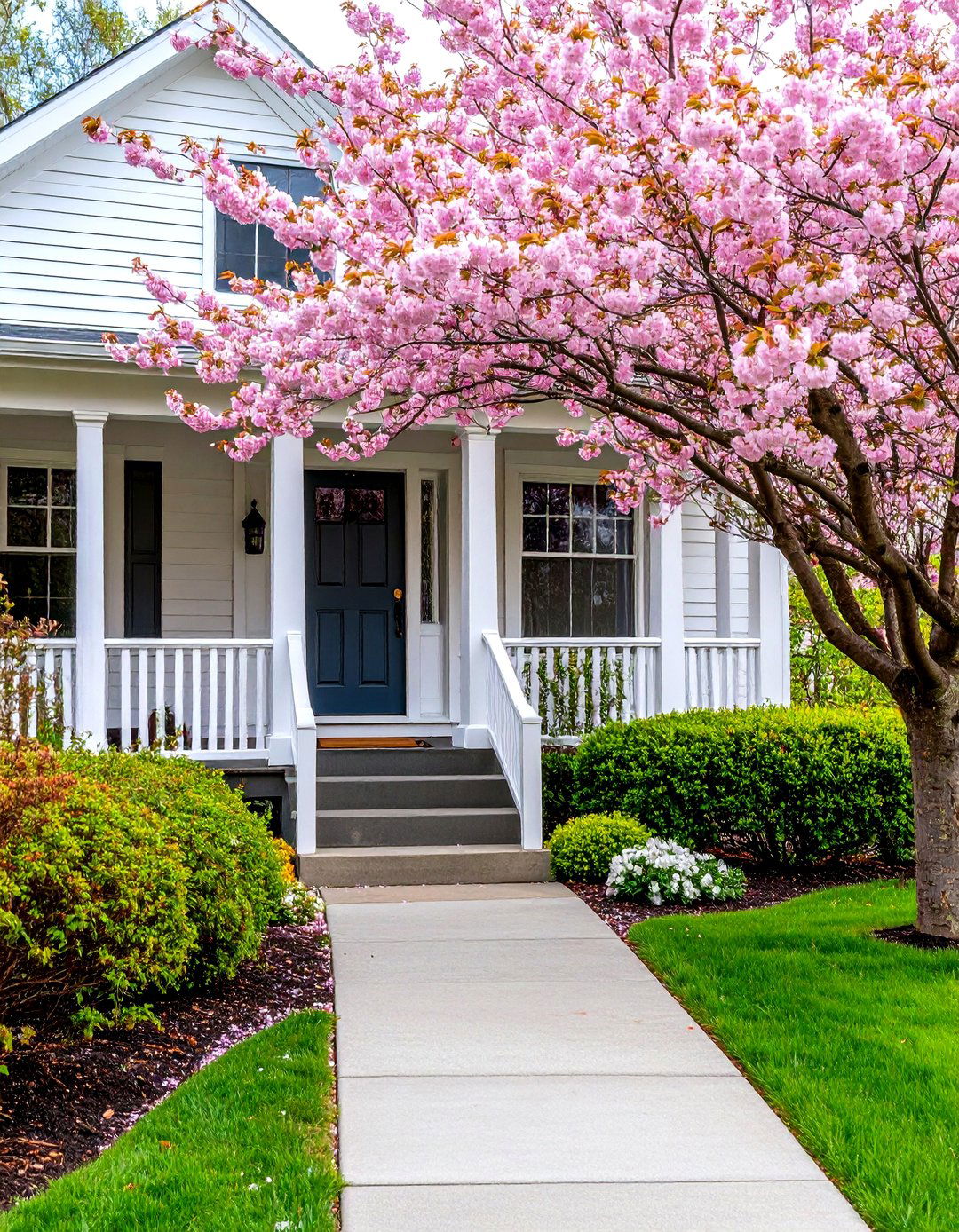
Cherry Blossom Trees offer phenomenal spring beauty and are easy to maintain, while Crape Myrtles are easily recognizable with their multi-trunks, peeling bark, and months of colorful blooms, making them perfect for front yard curb appeal. Boost your home's street presence with carefully chosen front yard trees that create welcoming first impressions and enhance neighborhood appeal. Select trees scaled appropriately for your front yard size—avoid planting large shade trees that will eventually overwhelm small spaces or obscure your home's architecture. Consider maintenance requirements for street-side plantings, choosing varieties that won't drop messy fruits on sidewalks or require frequent pruning for clearance. Plan for utility lines, ensuring mature tree heights won't interfere with power lines or street lighting. Choose trees that complement your home's architectural style and neighborhood character while providing benefits like seasonal color, interesting bark texture, or attractive flowers that bloom during high-visibility seasons.
13. Understory Tree Solutions for Shaded Garden Areas

For landscaping under oak trees and other large shade trees, choose plants that enjoy shade and are drought tolerant, creating understory beds of perennials or small shrubs rather than trying to establish grass that won't thrive. Maximize the potential of shaded areas beneath existing large trees by selecting smaller understory trees that thrive in filtered light conditions. Dogwoods, redbuds, and serviceberries naturally grow as understory trees in forest settings and adapt beautifully to similar conditions in home landscapes. These smaller trees provide layered beauty while tolerating the root competition and reduced light found under larger canopy trees. Choose varieties that complement rather than compete with overhead trees, focusing on species that offer flowers, interesting bark, or fall color to brighten shaded spaces. Be gentle when planting to avoid damaging existing tree roots, and select drought-tolerant varieties that can handle the drier conditions often found under established trees.
14. Wind-Resistant Tree Choices for Exposed Landscape Areas
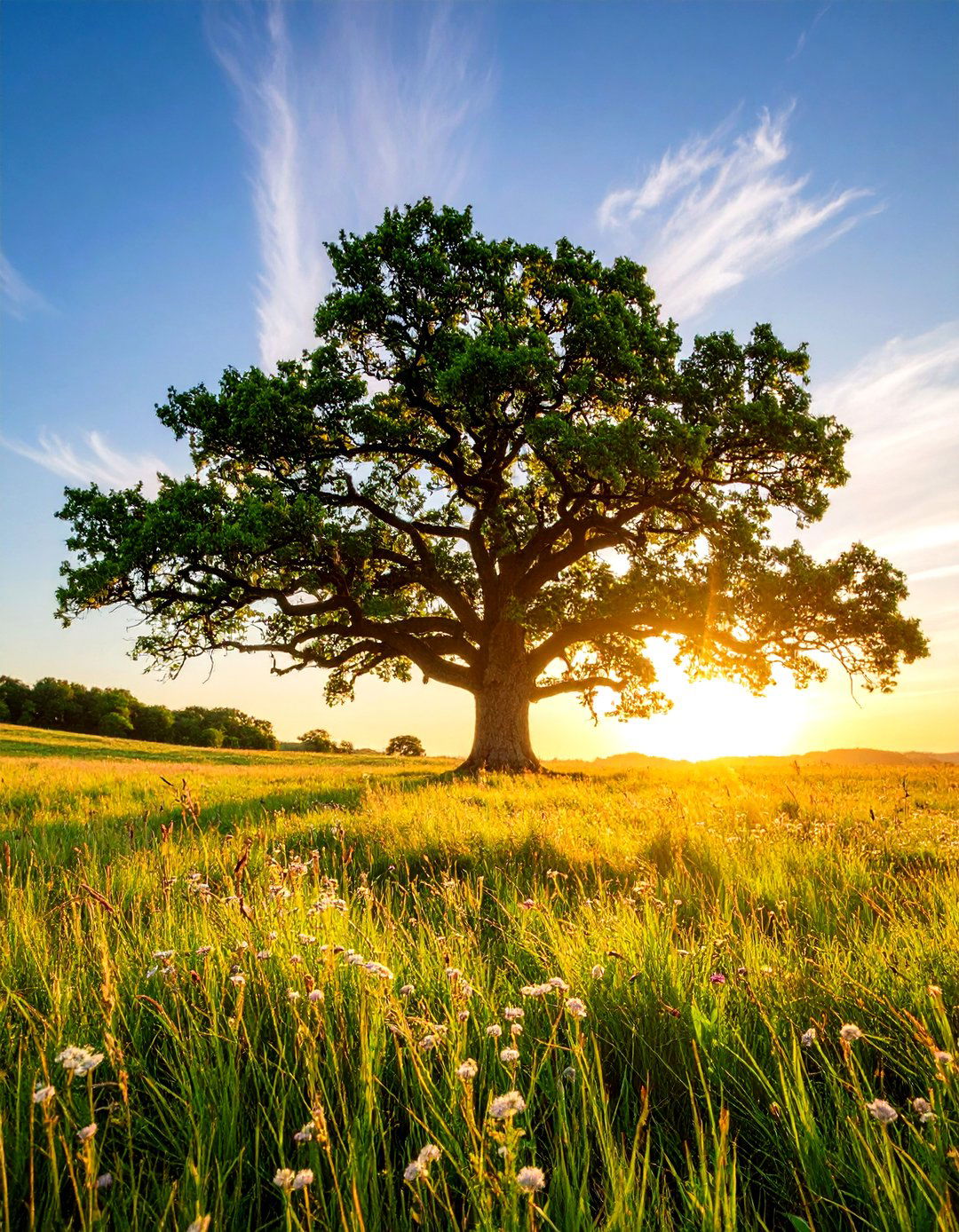
Bur Oak trees are incredibly hardy, extremely tough, and very adaptable, tolerating drought conditions and making them great options for exposed areas, while pine varieties provide privacy and reduce noise in windy locations. Protect your landscape investment by choosing wind-resistant tree varieties for exposed sites where storms, coastal conditions, or open terrain create challenging growing conditions. Look for trees with strong root systems, flexible wood, and compact crowns that bend rather than break under wind pressure. Oaks, maples, and many evergreen species demonstrate excellent wind tolerance when properly established. Avoid trees with brittle wood like silver maples or those prone to splitting like Bradford pears in high-wind areas. Consider planting windbreak trees in staggered rows to create protected microclimates for more tender plants while reducing wind speed across your property. Proper staking during establishment and gradual acclimatization help young trees develop strong, wind-resistant root systems and branch structure.
15. Seasonal Color Trees for Year-Round Visual Drama
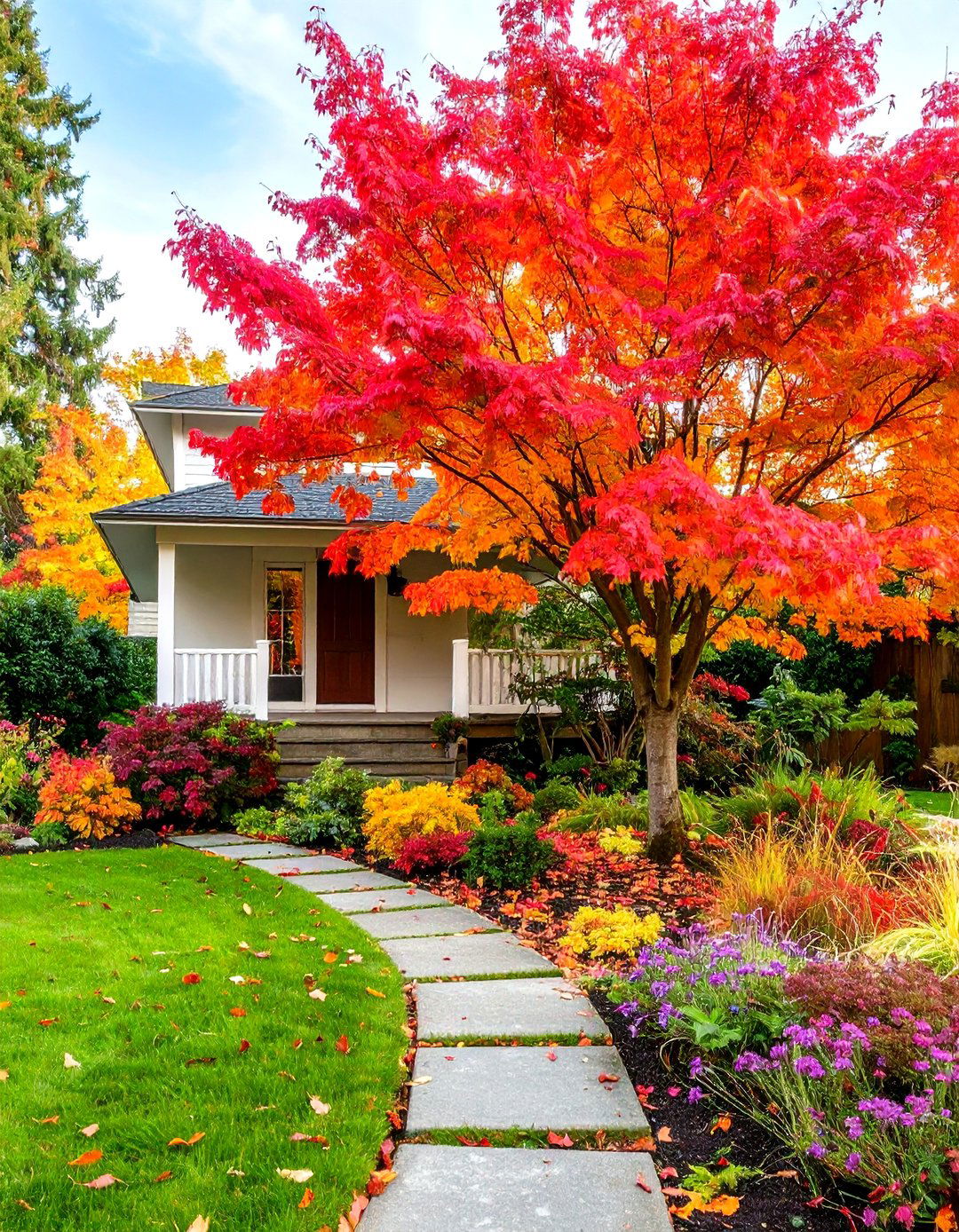
Eastern redbud offers gorgeous color in spring with pink or purple flowers and in fall when heart-shaped leaves transform from dark green to yellow, while maples provide some of the most dazzling shade trees for fall color. Design a landscape calendar of color by strategically selecting trees that provide spectacular displays during different seasons throughout the year. Plan spring color with flowering trees like redbuds, magnolias, and ornamental cherries, followed by summer interest from crape myrtles and catalpa trees. Anchor fall displays with maples, sweet gums, and dogwoods that provide brilliant foliage color, then rely on evergreens and trees with interesting bark for winter appeal. Consider bloom timing, fall color intensity, and duration when making selections to ensure overlapping seasons of interest. Plant these colorful specimens where they'll have maximum impact—near outdoor living areas, visible from windows, or along frequently used pathways where seasonal changes can be fully appreciated.
16. Drought-Tolerant Tree Landscapes for Water-Wise Gardens
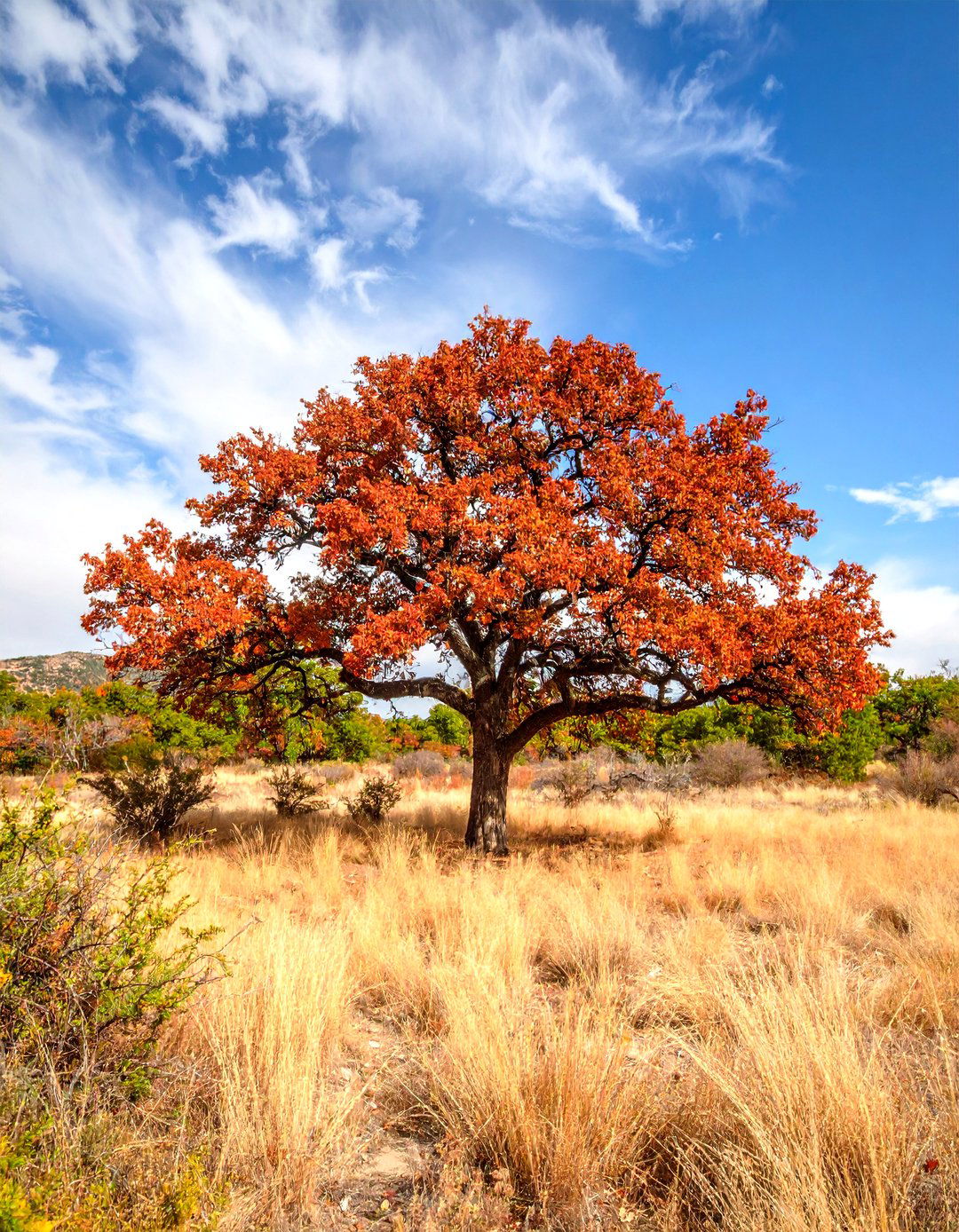
Choose trees that are well-suited to climate conditions and can withstand periods of drought, with species like serviceberry or river birch being hardy options that contribute to low-maintenance and sustainable front yards. Create resilient landscapes with drought-tolerant trees that thrive with minimal irrigation while providing maximum beauty and environmental benefits. Native species typically offer the best drought tolerance, having evolved to survive local rainfall patterns and soil conditions. Consider trees like live oaks, Texas red oaks, or desert willows in arid regions, while choosing more temperate drought-tolerant options like Kentucky coffee trees or honey locusts in moderate climates. Group drought-tolerant trees together to create efficient irrigation zones and reduce overall water consumption. Mulch around trees to retain soil moisture and suppress competing weeds, and establish proper watering schedules during the first few years to encourage deep root development that supports long-term drought resistance.
17. Tree Border Plantings for Natural Property Definition
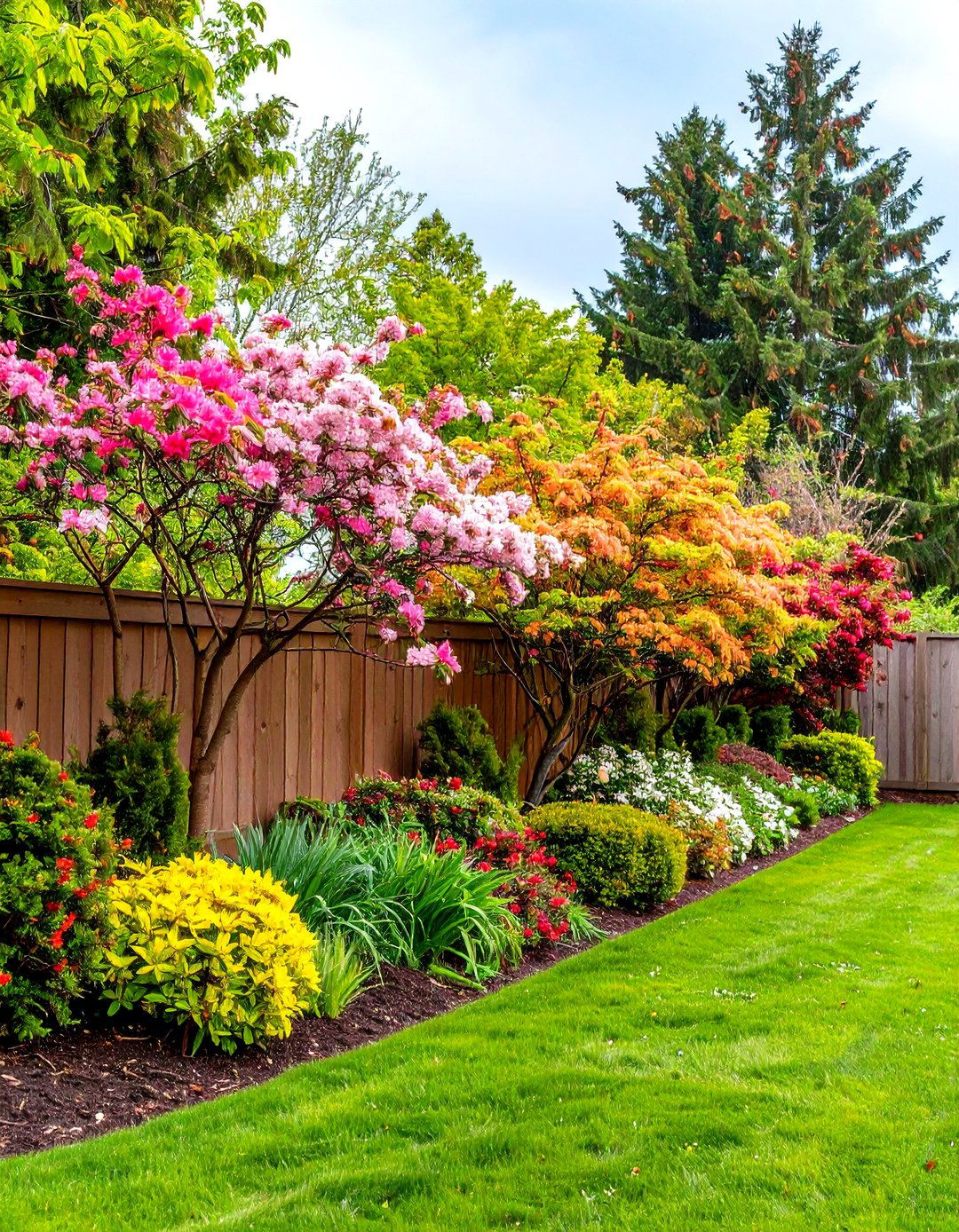
Plant flowering shrubs and trees close together so they graft and begin to grow as a single plant, creating living fences, while layering trees, shrubs, ornamental grasses, and perennials creates natural woodland spaces that block noise. Define your property boundaries naturally with tree border plantings that provide privacy, noise reduction, and wildlife habitat while enhancing your landscape's overall design. Choose a mix of evergreen and deciduous trees to create year-round screening with seasonal interest and varying heights for dynamic visual appeal. Plan borders that complement your neighborhood's character while meeting your specific privacy needs—tall trees for overhead screening, medium-height trees for eye-level privacy, and understory trees for layered beauty. Consider growth rates when spacing border trees, allowing adequate room for mature spread while ensuring eventual coverage. Include flowering and fruiting varieties to attract beneficial wildlife and create borders that serve multiple ecological functions beyond simple boundary definition.
18. Modern Tree Landscaping with Architectural Integration
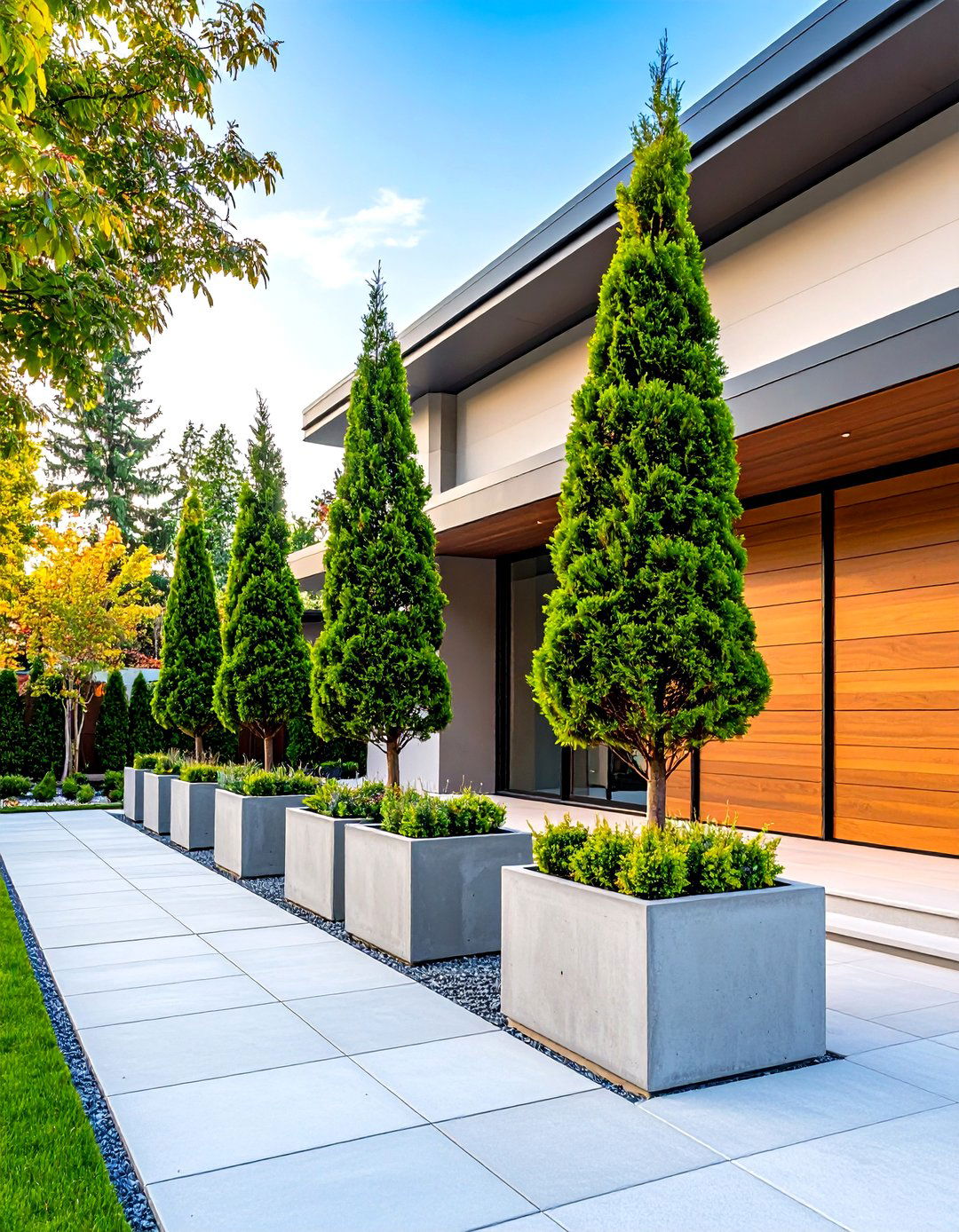
Modern landscape design incorporates trees with clean lines, horizontal slat designs, and materials like metal, wood, or composite materials to create sleek looks that complement contemporary architecture and define outdoor spaces. Complement contemporary architecture with carefully curated tree selections that emphasize clean lines, geometric forms, and structured plantings that enhance rather than compete with modern design elements. Choose trees with distinctive architectural qualities—columnar evergreens, multi-trunk specimens with clean bark, or trees with bold foliage patterns that create living sculpture. Integrate trees with hardscape elements like steel planters, geometric raised beds, or linear pathways that reinforce the modern aesthetic. Consider asymmetrical groupings, mass plantings of single species, or precisely placed specimen trees that serve as focal points within minimalist design schemes. Combine trees with modern materials like corten steel, concrete, or glass to create sophisticated outdoor spaces that blur the lines between architecture and landscape.
19. Quick-Impact Tree Solutions for Immediate Landscape Results

Fast growing trees like paper birches, weeping willows, red maples, and sycamores can provide quick privacy and cooling benefits, with some varieties growing up to 4 feet per year and maturing rapidly. Achieve dramatic landscape transformation quickly with fast-growing tree varieties that provide immediate impact and rapid establishment for impatient gardeners or new construction sites. Choose proven fast-growers like hybrid poplars, willow trees, or dawn redwoods that can gain 3-6 feet of height annually under optimal conditions. Balance rapid growth with longevity by selecting trees known for strong structure and disease resistance rather than simply the fastest options available. Plan for eventual mature size even with fast-growing varieties, ensuring adequate space for full development without future conflicts with structures or utilities. Supplement fast-growing trees with slower-maturing specimens that will provide long-term landscape value as the quick-growing varieties reach maturity and potentially begin declining.
20. Tree Care Integration for Long-Term Landscape Success
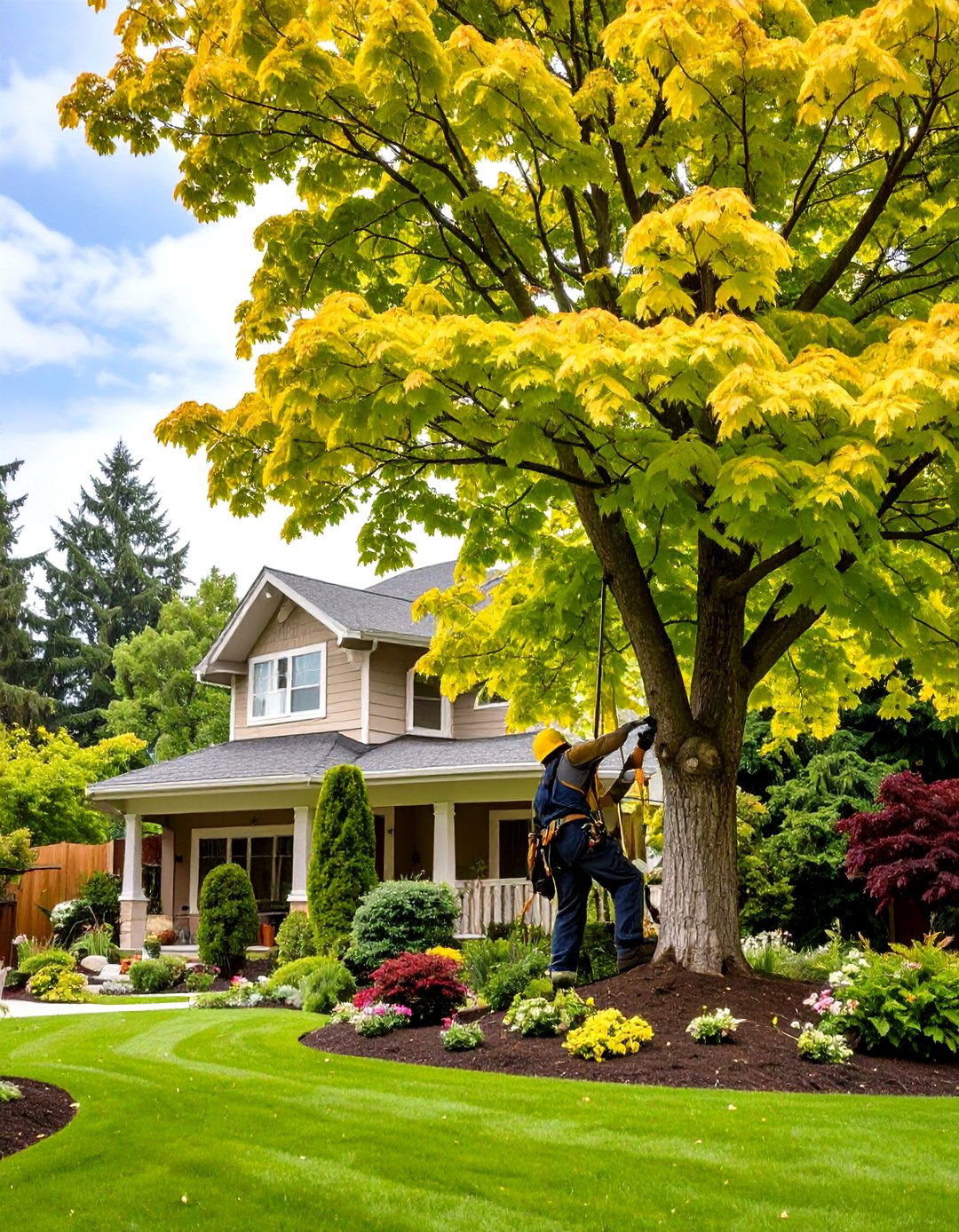
Proper tree care includes understanding soil conditions, watering requirements, and pruning needs, with most low-maintenance trees requiring annual pruning in late winter and proper placement away from structures to prevent damage. Ensure your tree landscaping investment thrives for decades by incorporating proper care practices from planting through maturity that support healthy growth and maximum landscape value. Plan maintenance schedules that include annual pruning, seasonal fertilization, and pest monitoring to keep trees healthy and attractive throughout their lifespan. Choose tree varieties that match your available care time and expertise—some require minimal intervention while others need regular attention for optimal performance. Consider professional care for valuable specimen trees or complex pruning needs, and establish relationships with certified arborists for ongoing tree health management. Design landscapes that accommodate mature tree sizes, root systems, and maintenance access to prevent costly problems and preserve both tree health and property values over time.
Conclusion:
Strategic tree landscaping transforms outdoor spaces into dynamic, valuable landscapes that provide beauty, function, and environmental benefits for generations. From dramatic flowering specimens that announce spring's arrival to steadfast evergreens that provide year-round structure and privacy, thoughtfully chosen trees become the backbone of exceptional landscape design. Whether creating intimate garden retreats with understory trees, establishing bold privacy screens with fast-growing varieties, or adding architectural interest with specimen plantings, trees offer unmatched versatility for personalizing your outdoor environment. The key lies in matching tree selections to your specific site conditions, maintenance preferences, and design goals while considering long-term growth and care requirements. These living investments not only enhance daily enjoyment of your outdoor spaces but also increase property values, reduce energy costs, and support local ecosystems. Start with proper planning, choose quality specimens suited to your climate, and maintain them well—your tree landscaping will reward you with decades of evolving beauty and countless moments of natural wonder right outside your door.


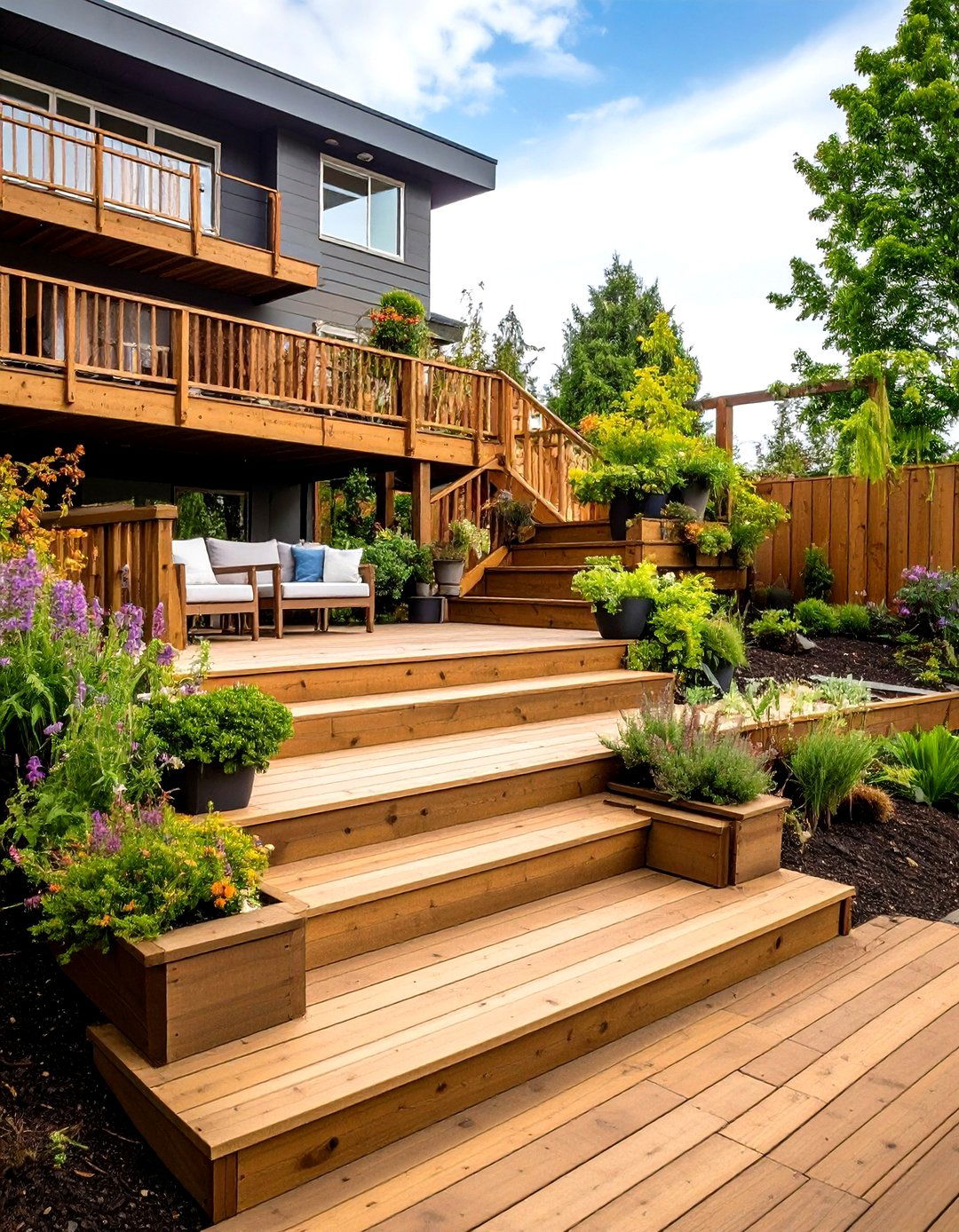
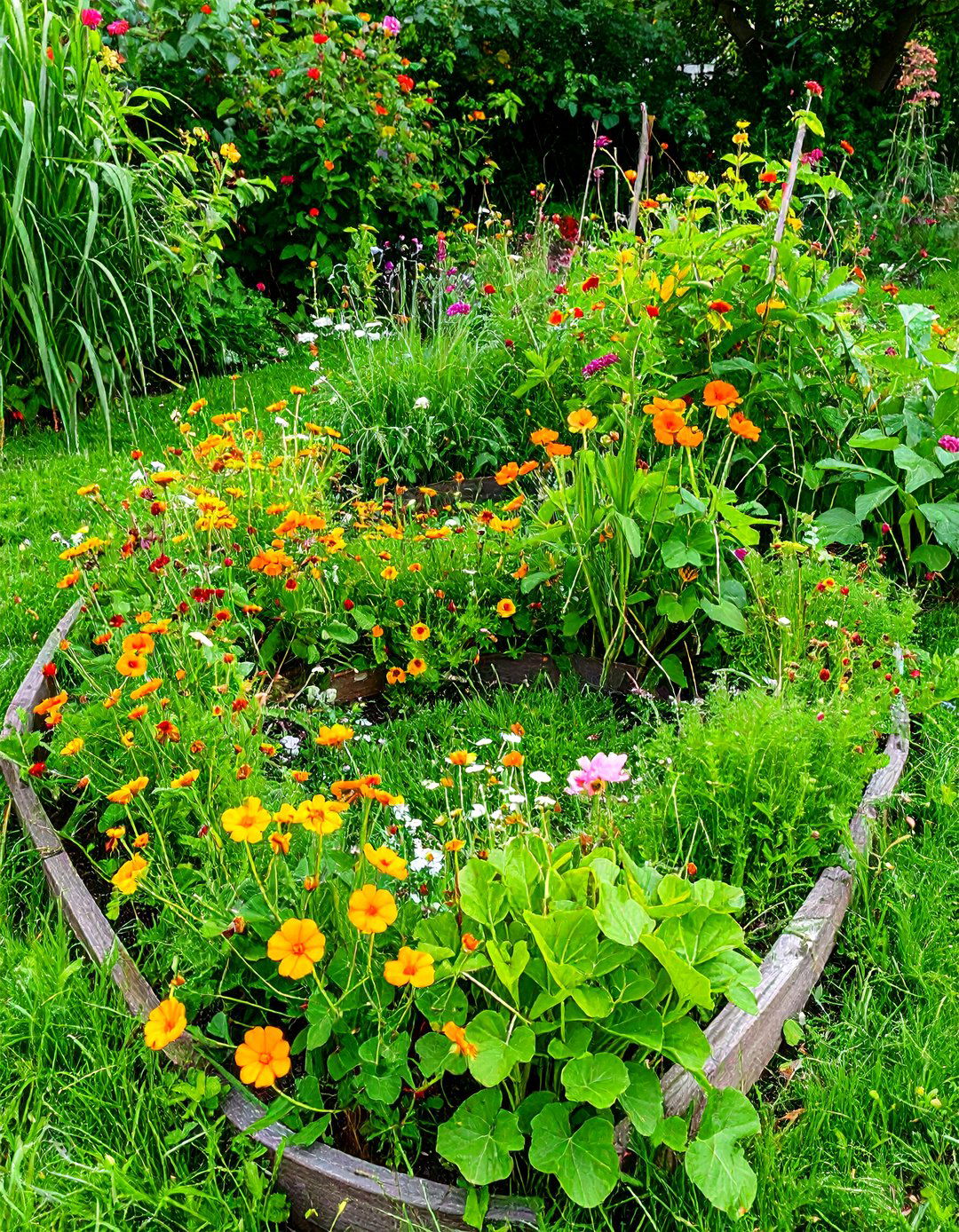
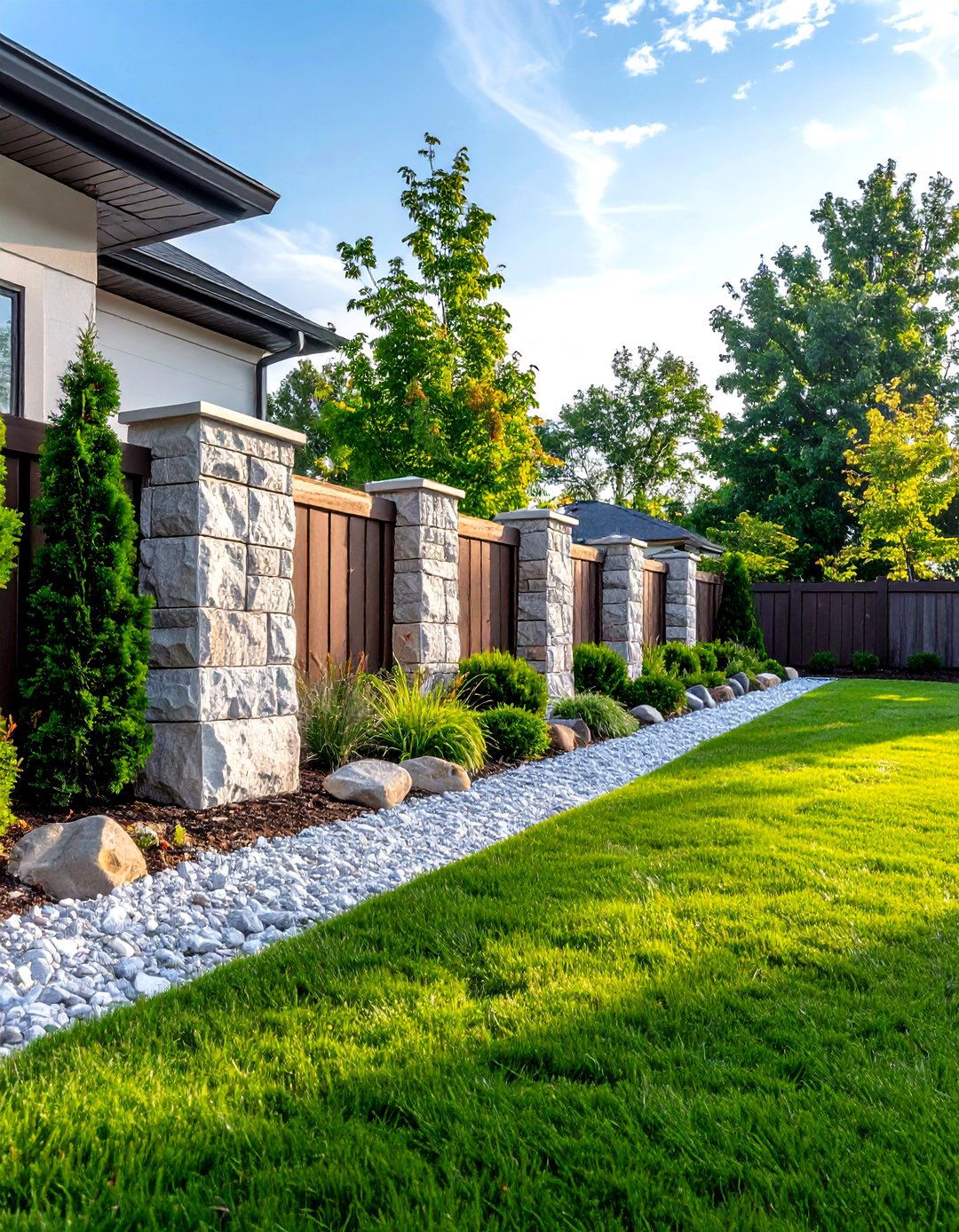
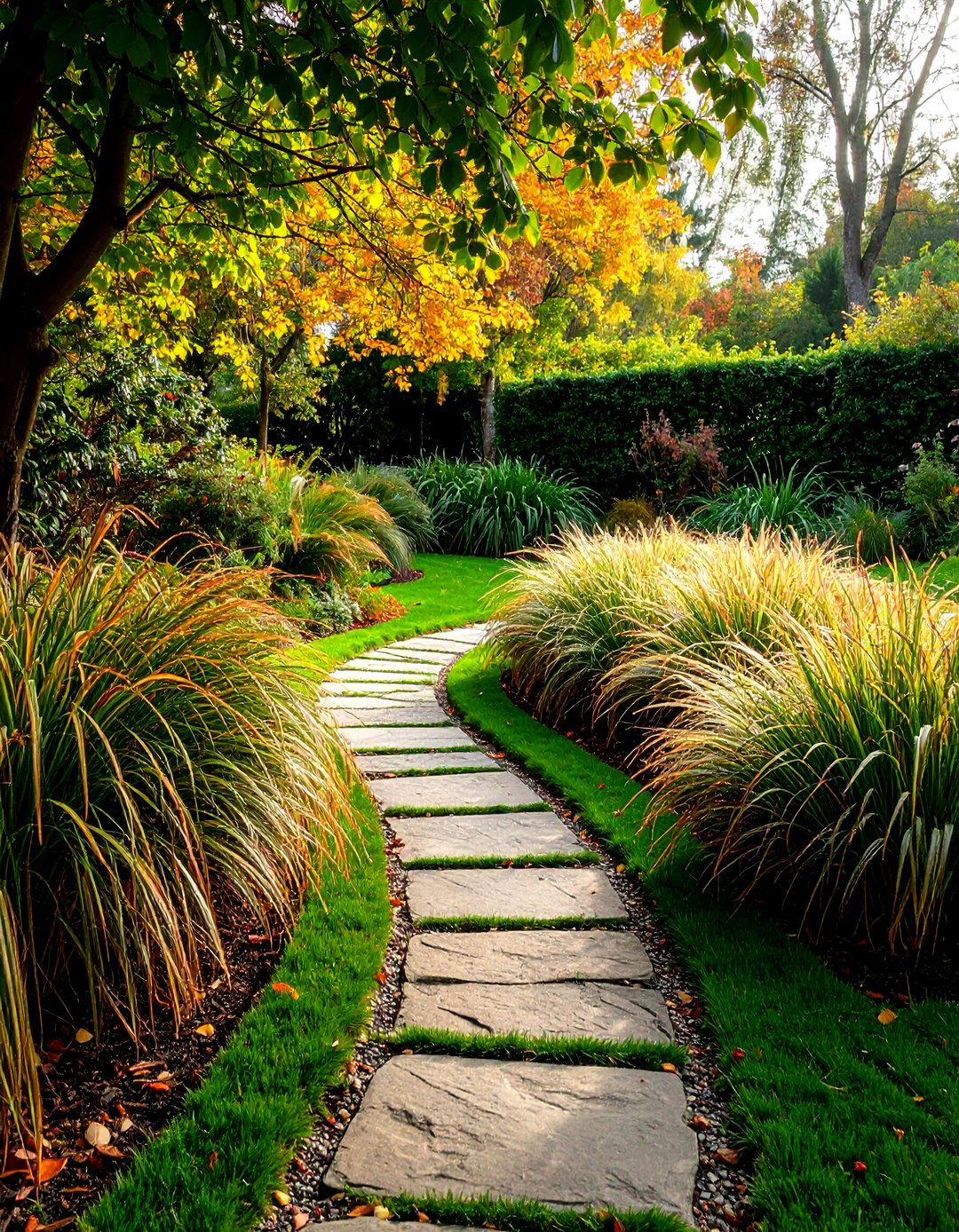
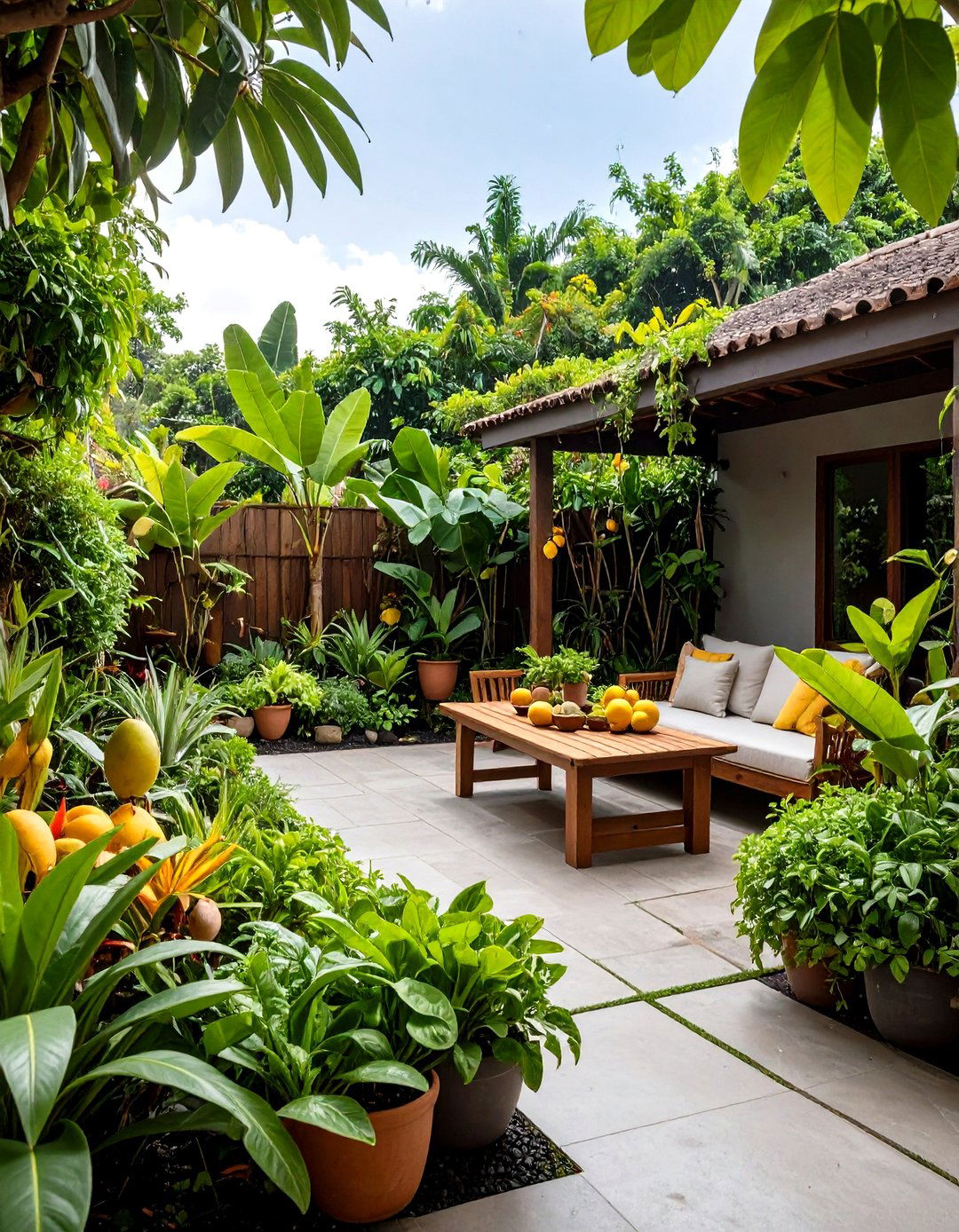
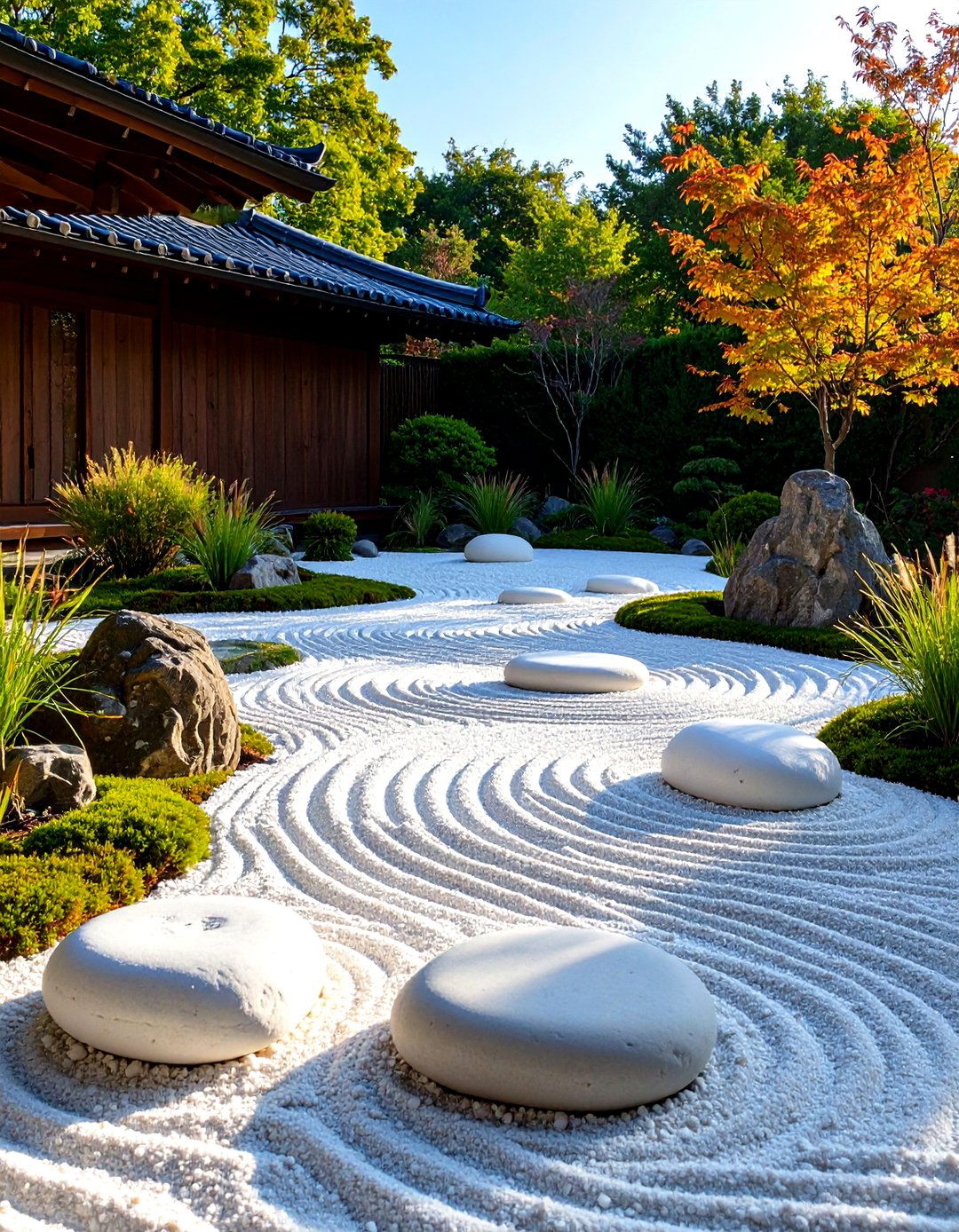
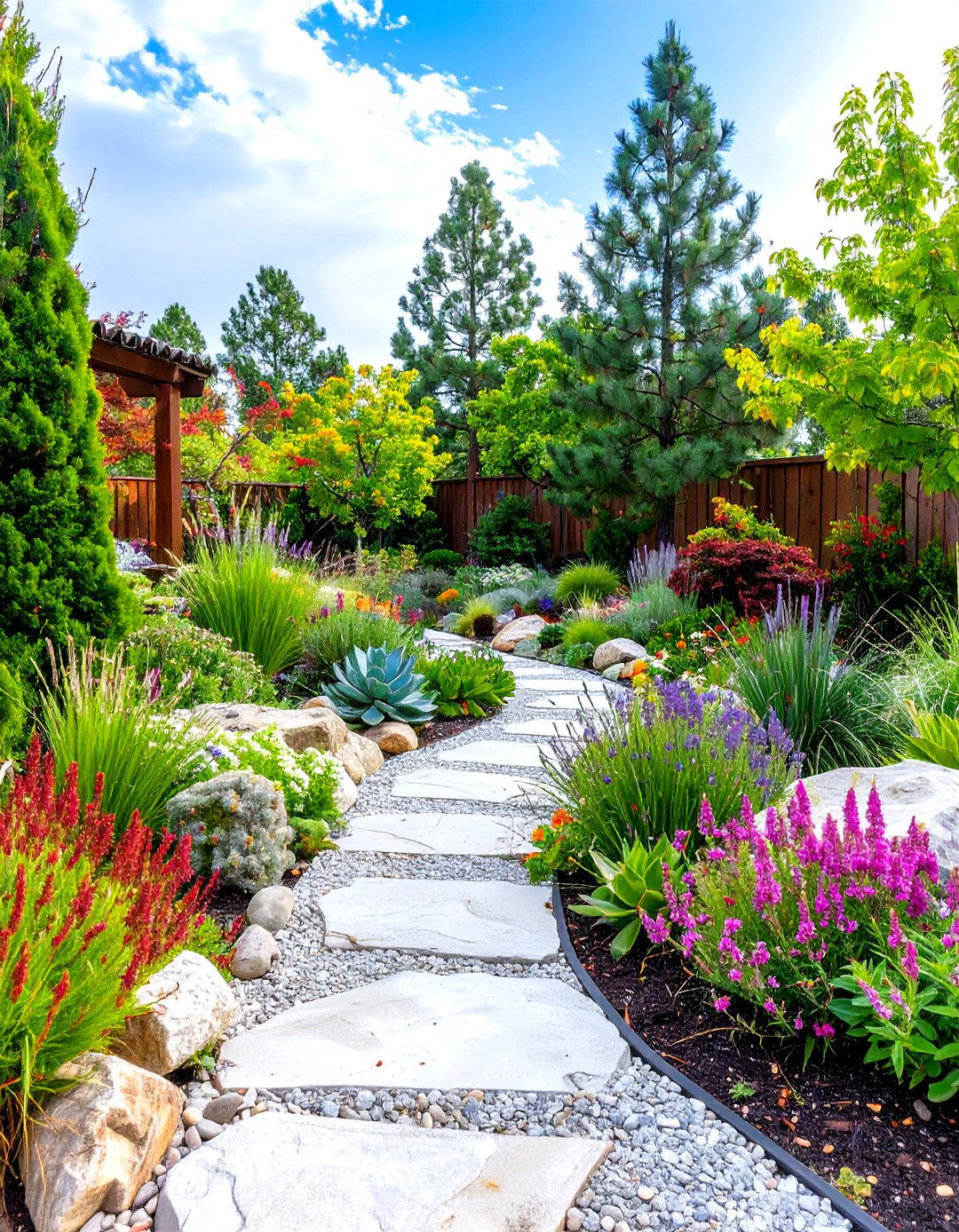
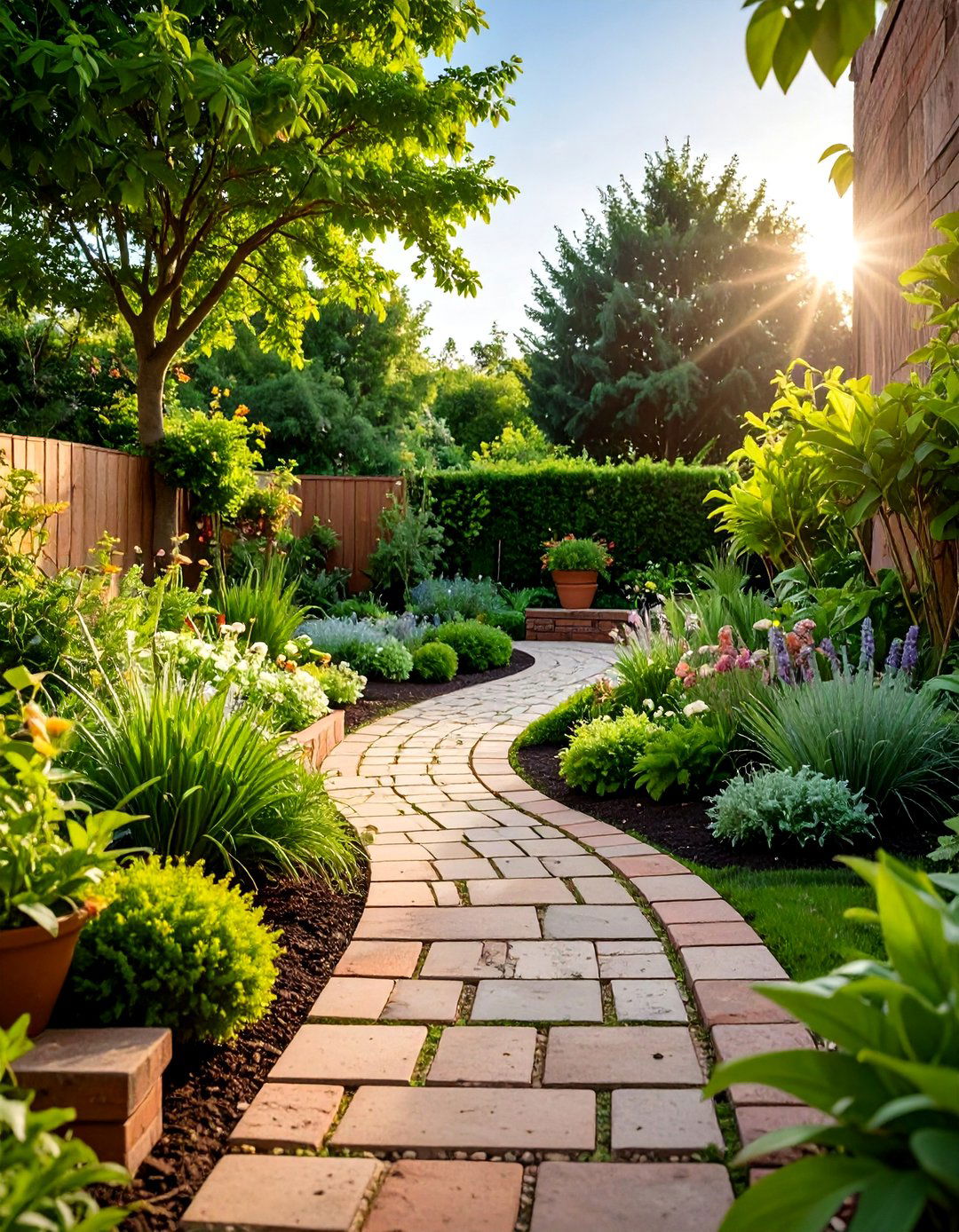
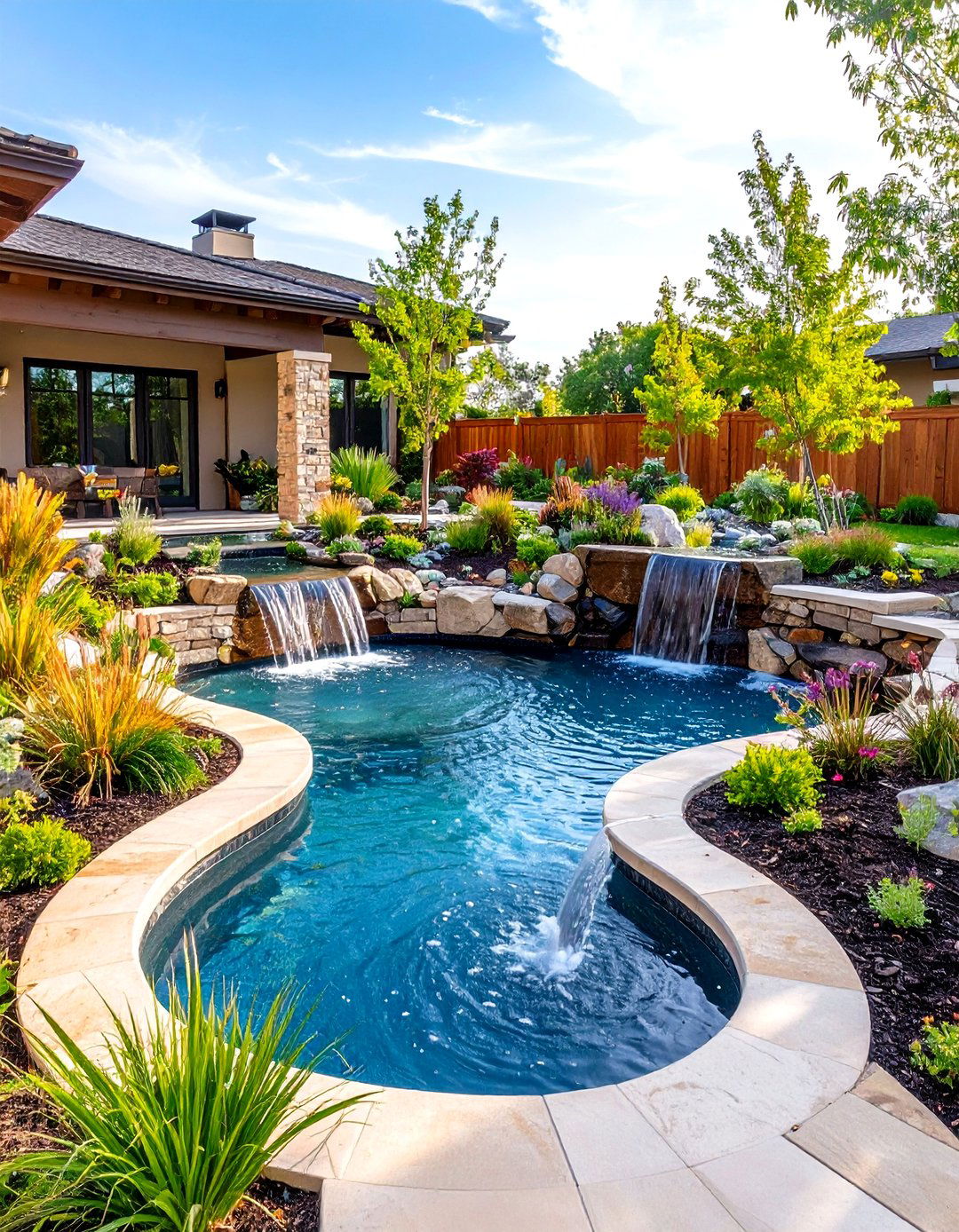
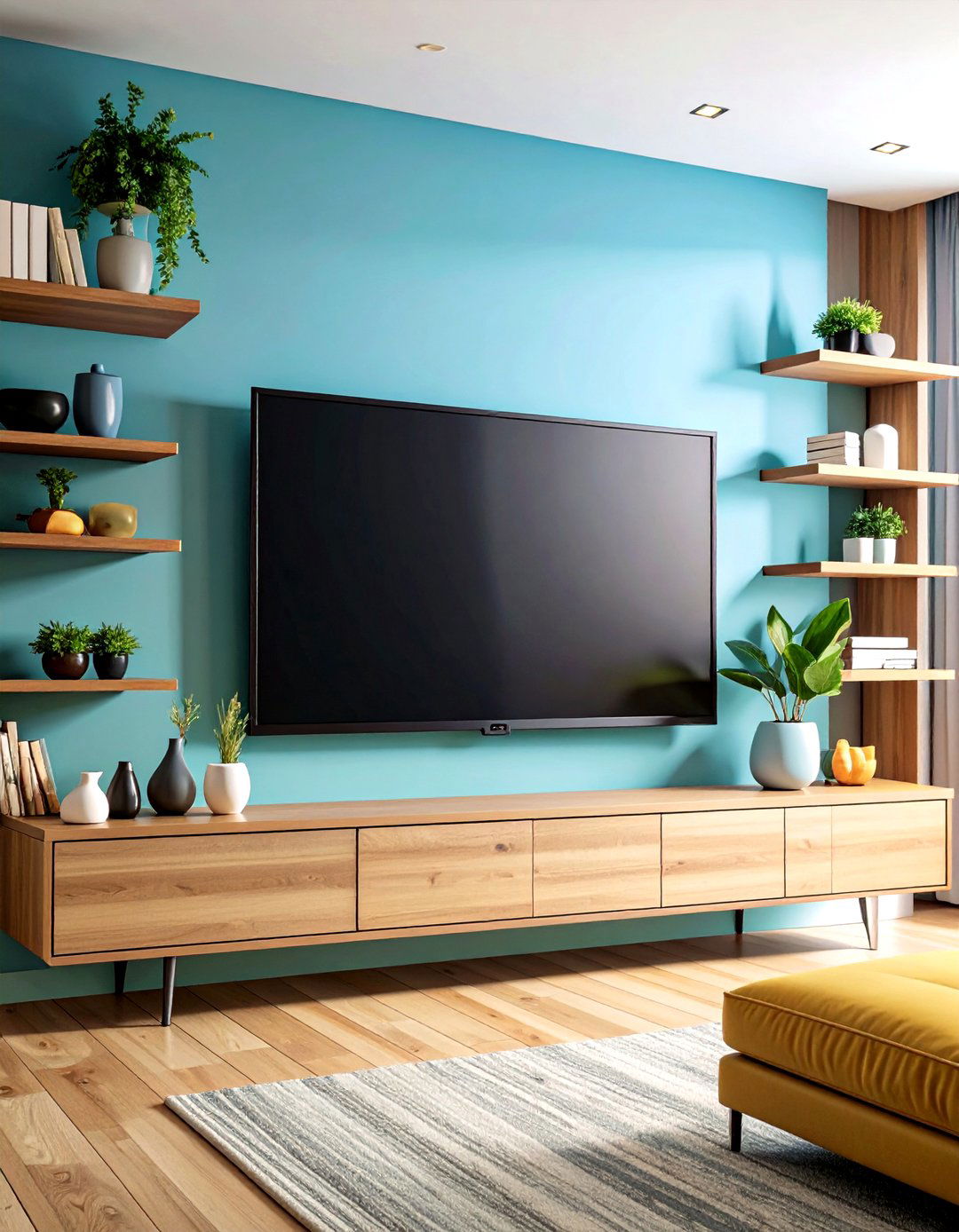
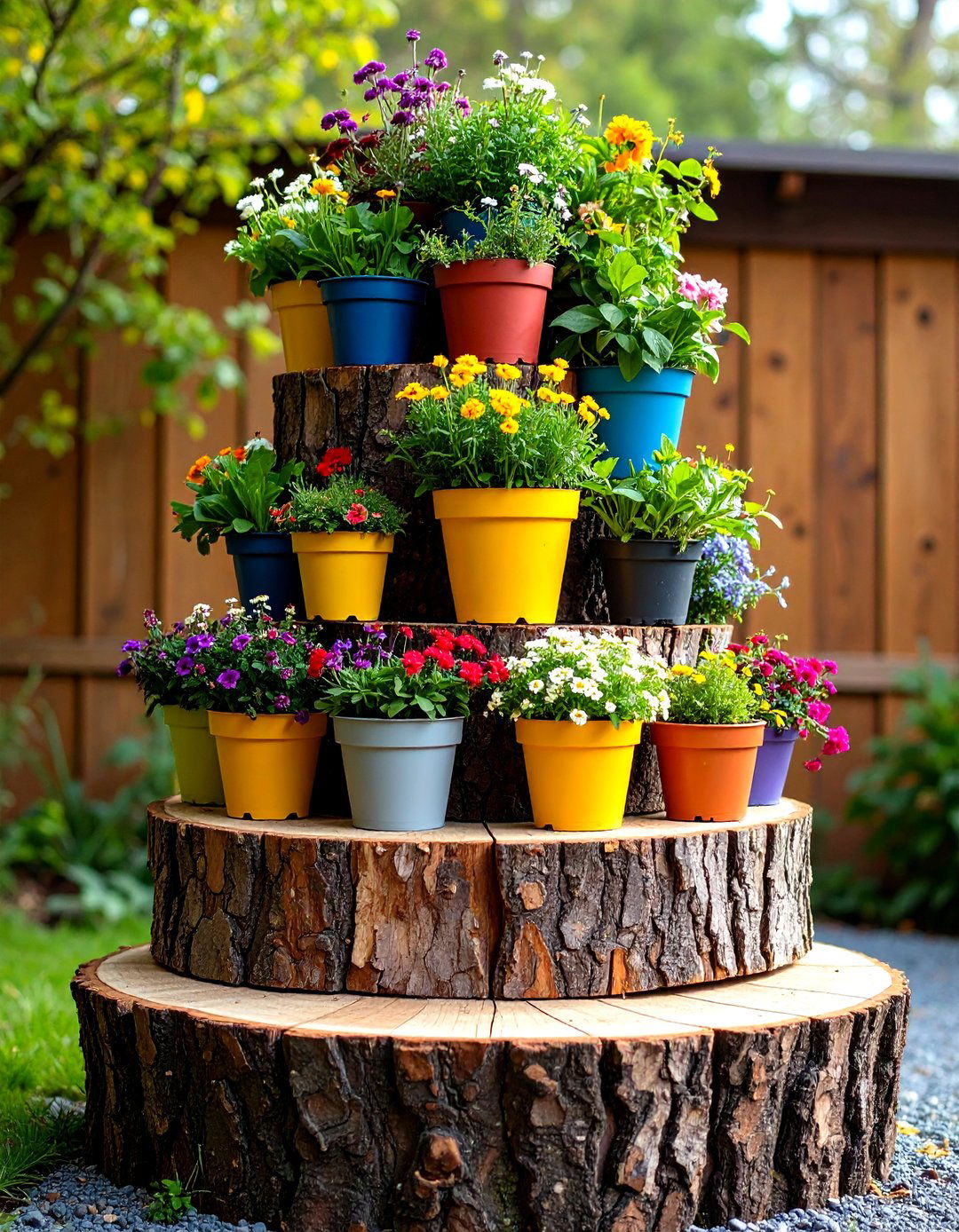
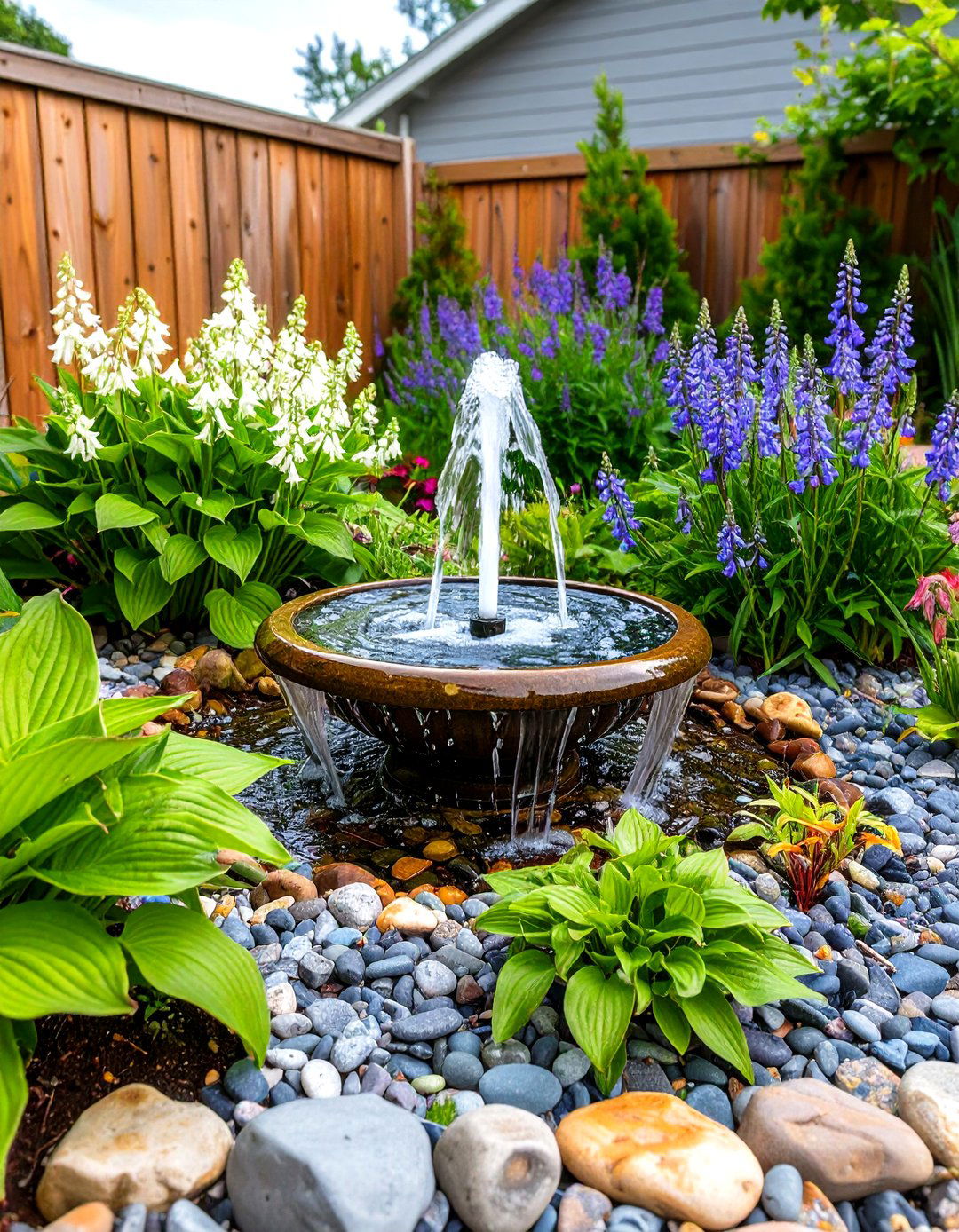
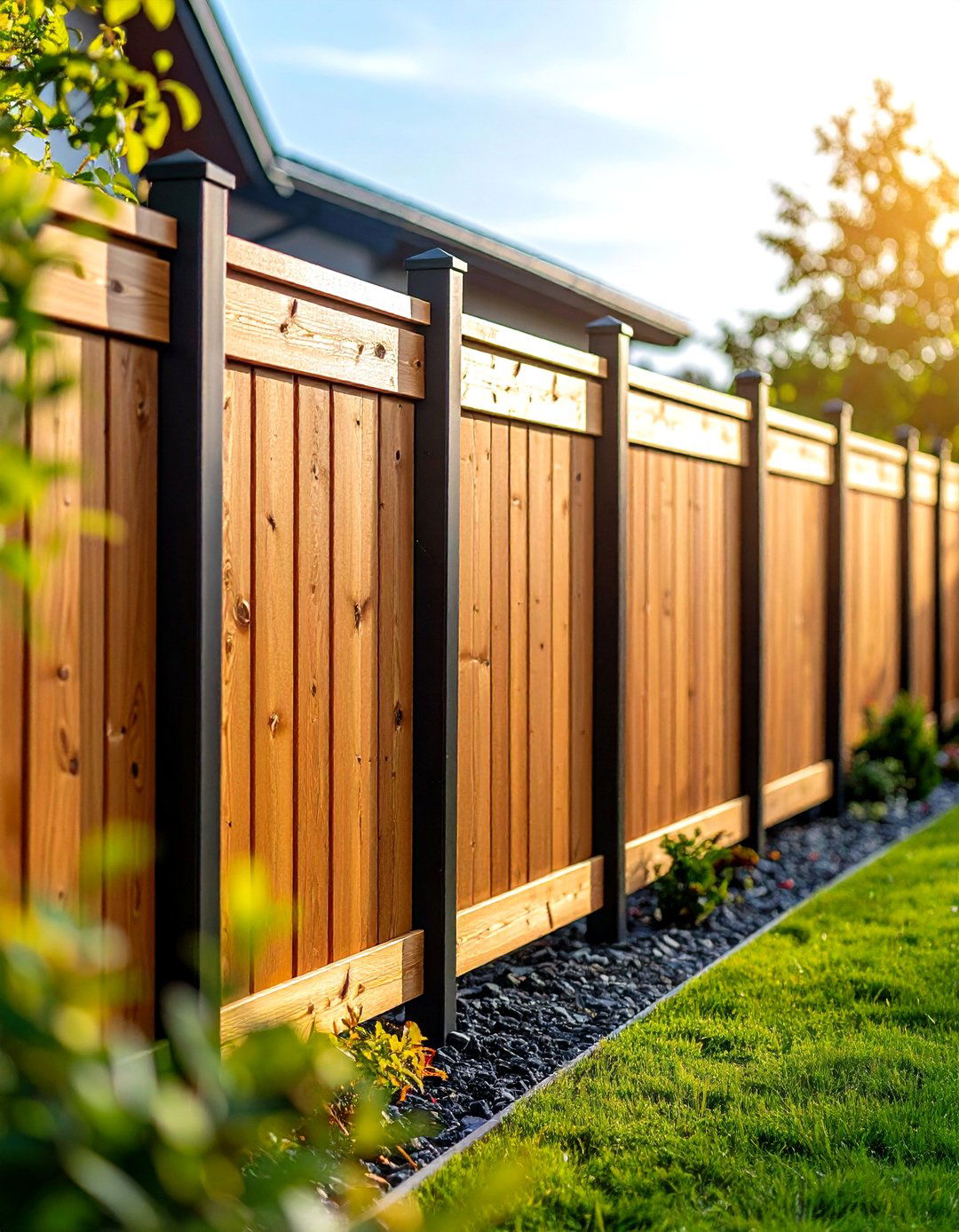
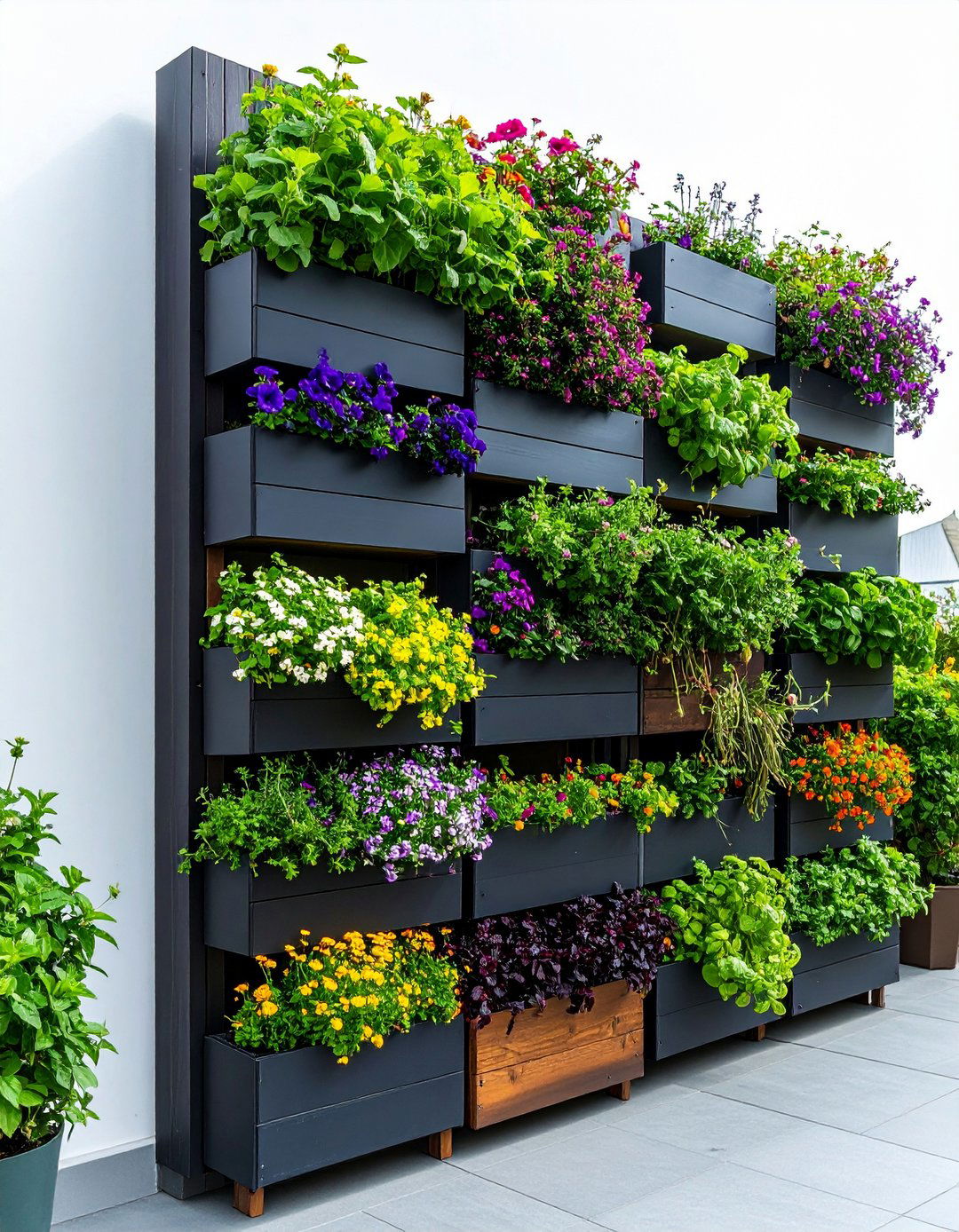
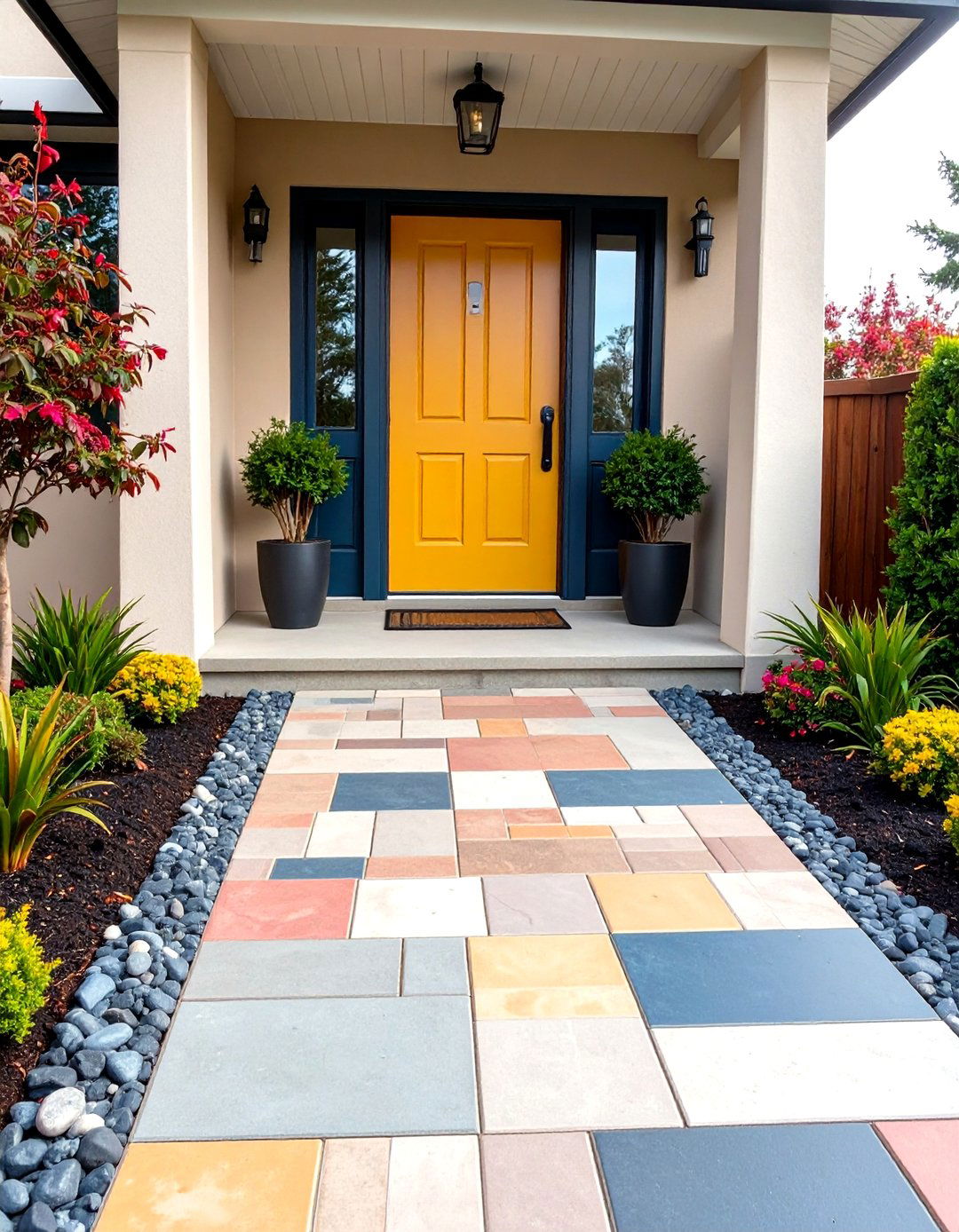
Leave a Reply